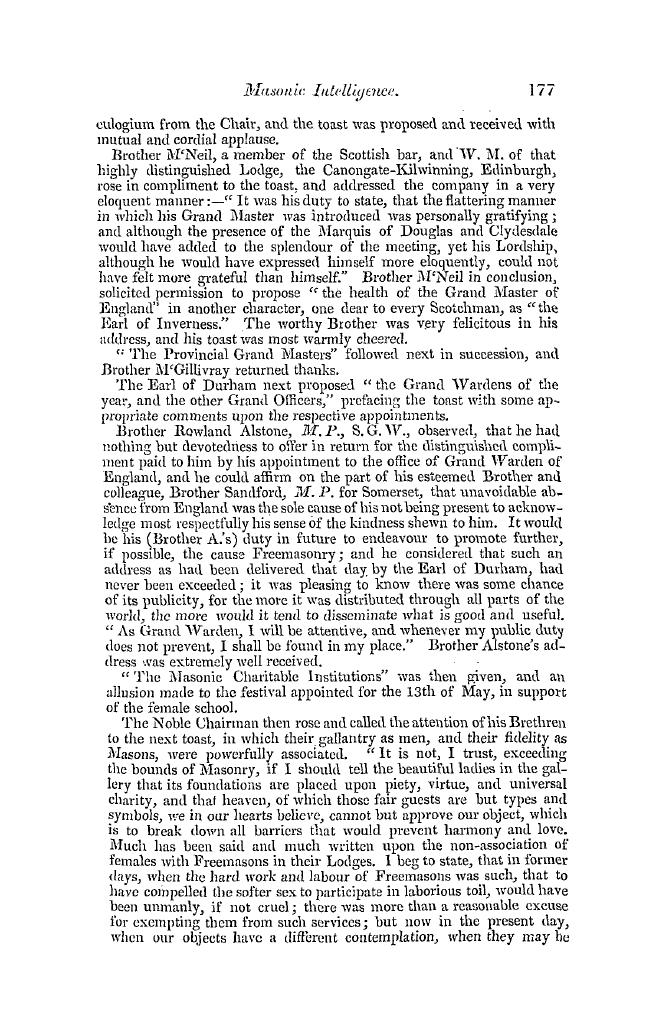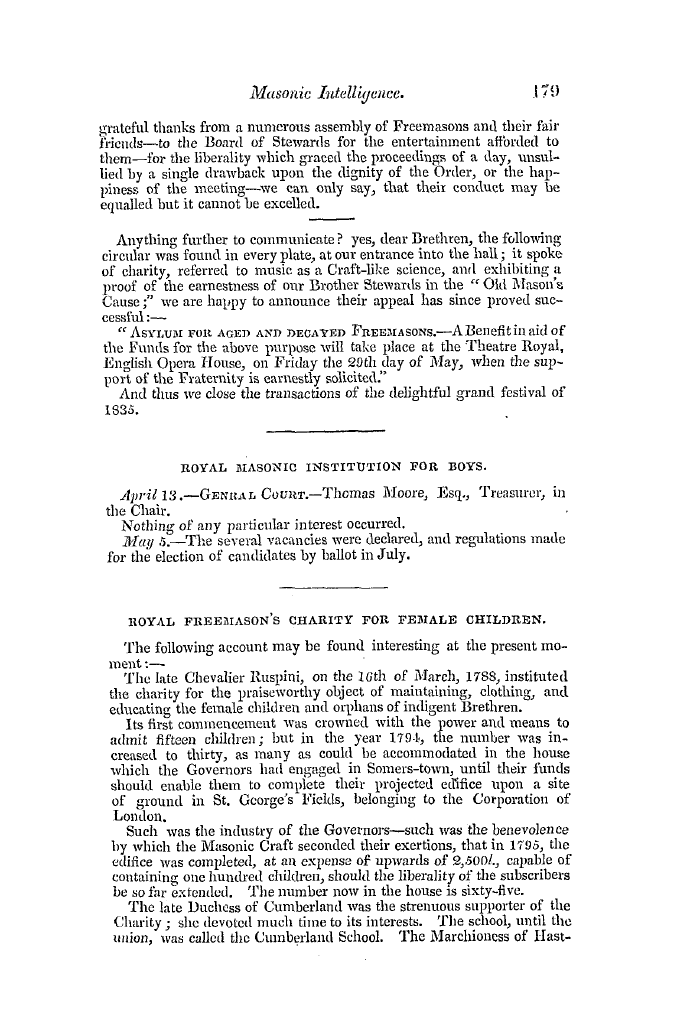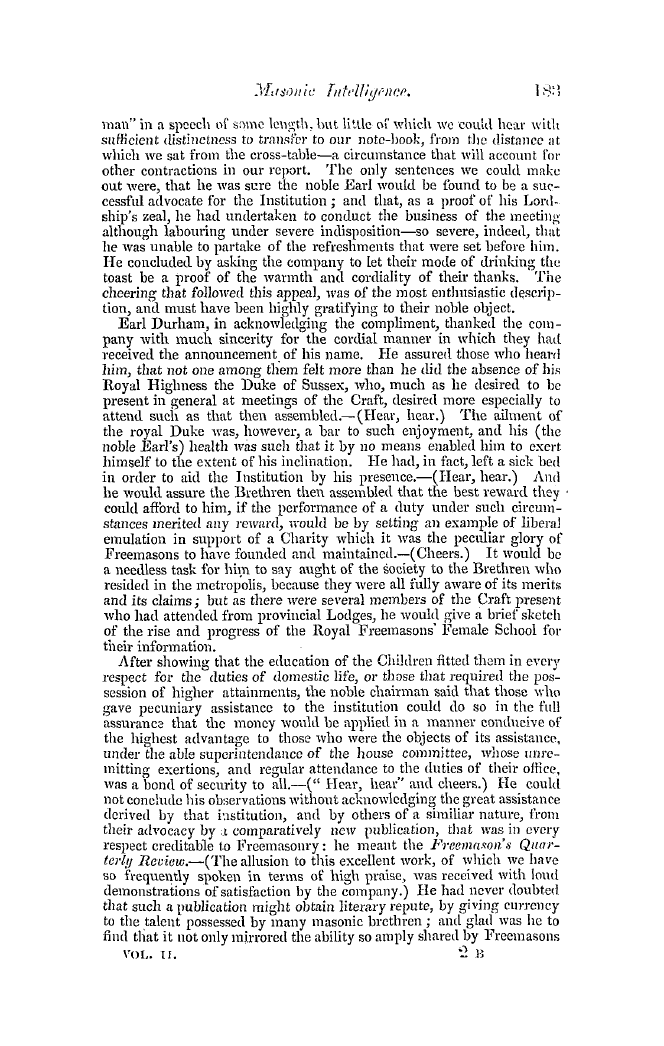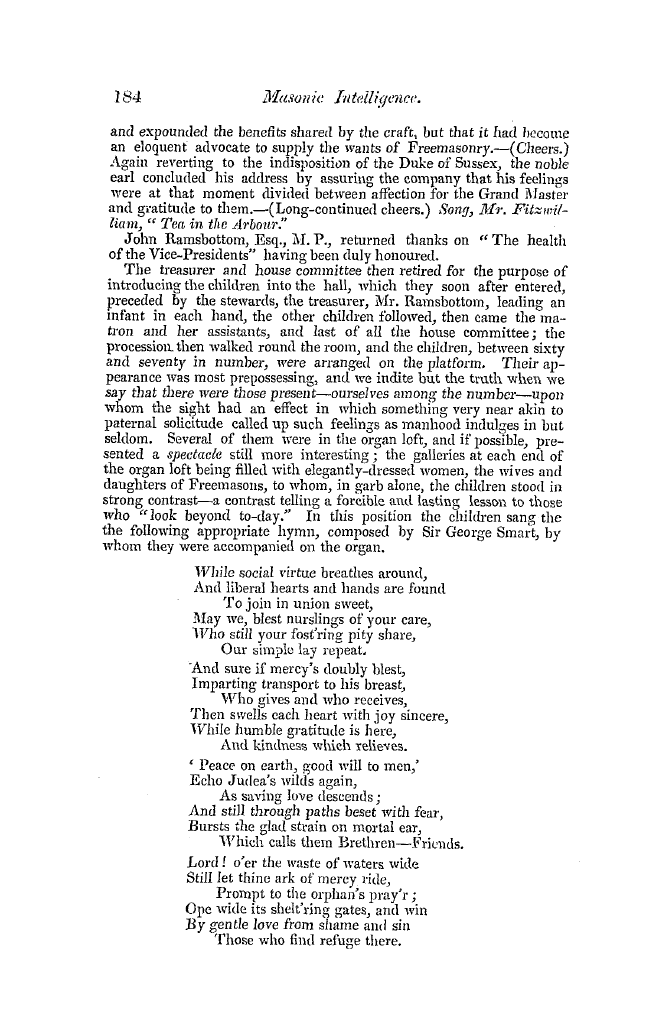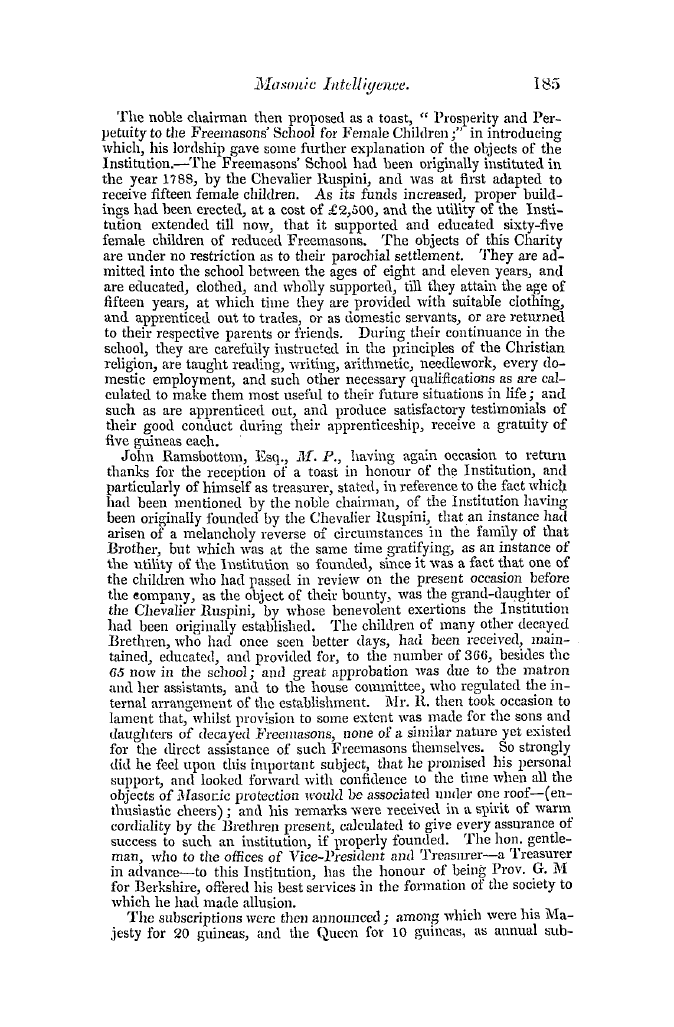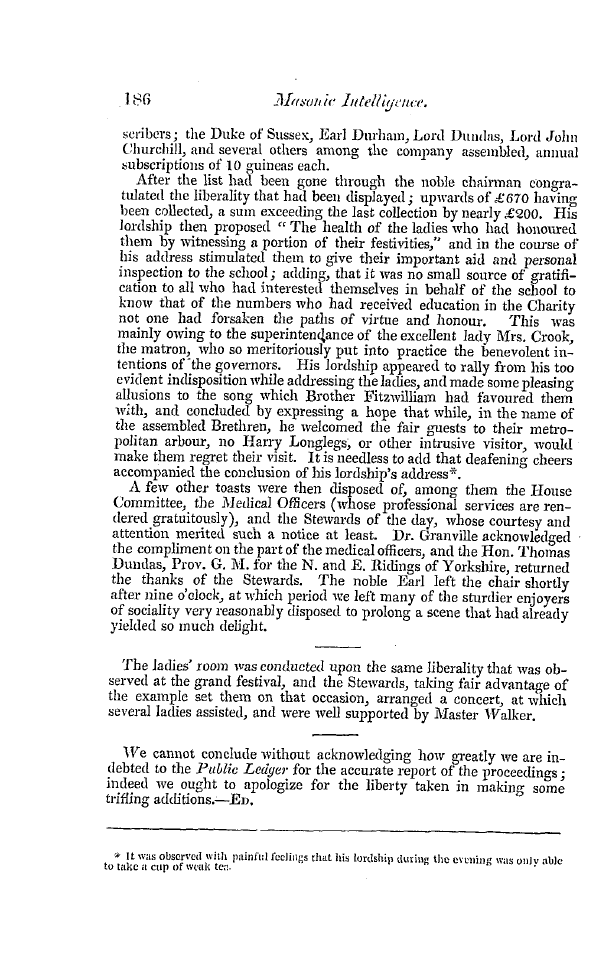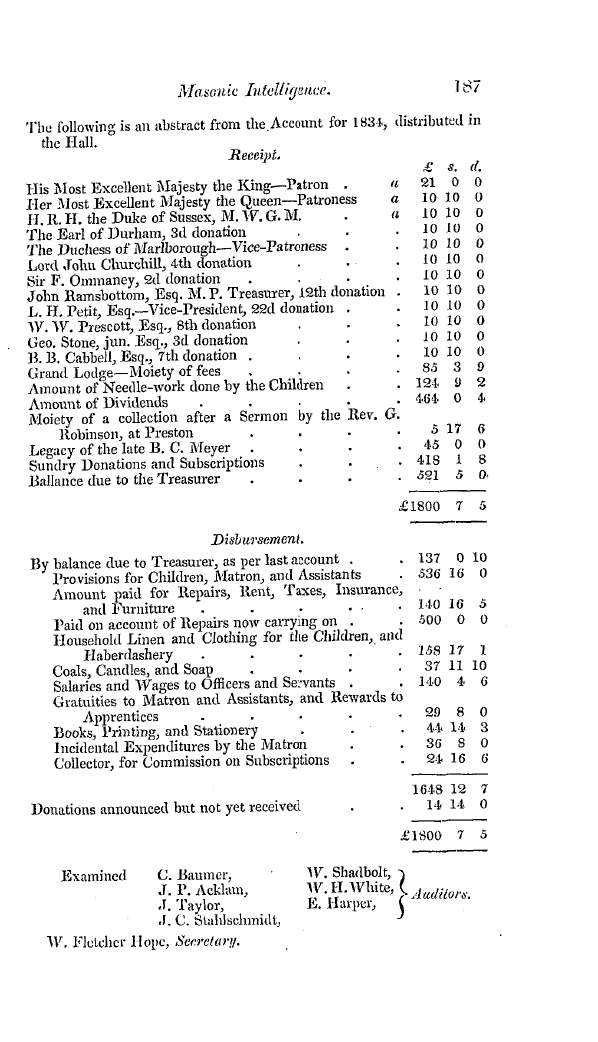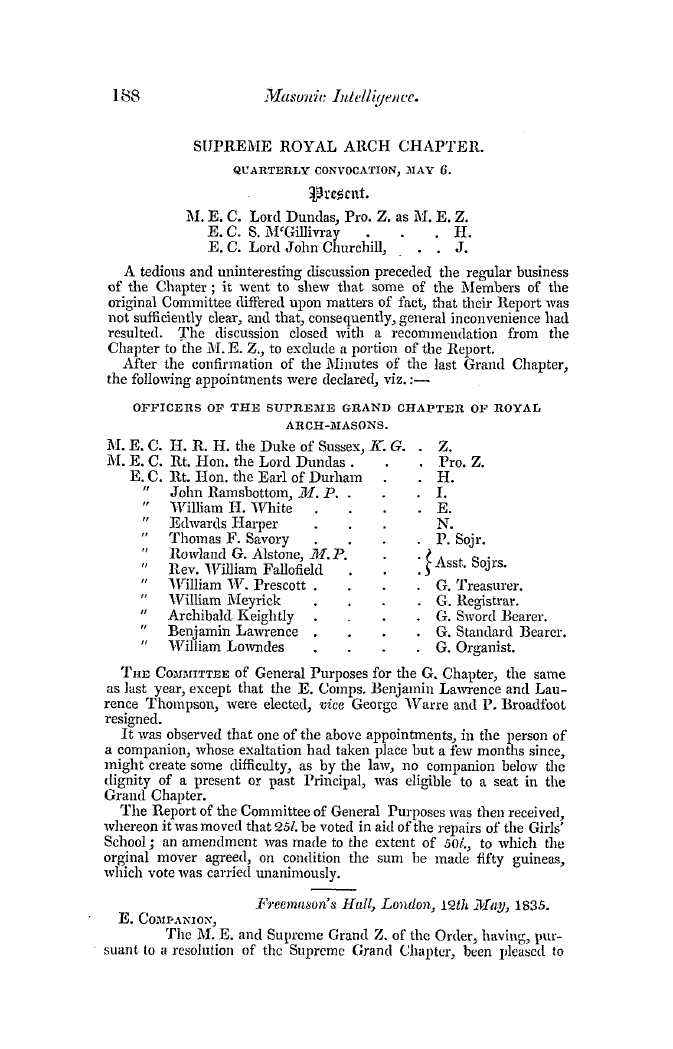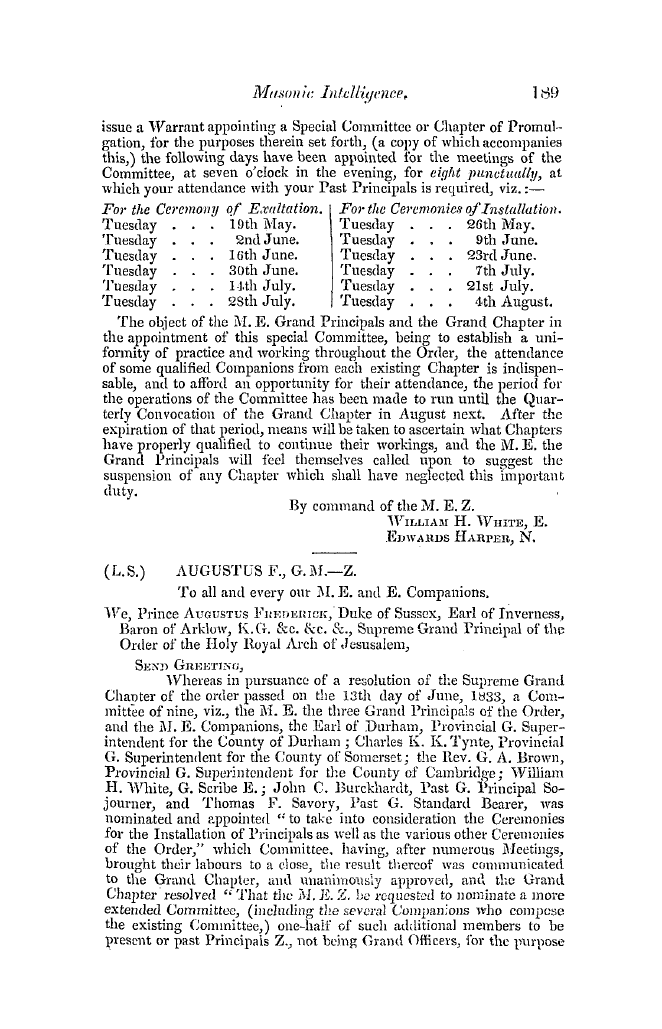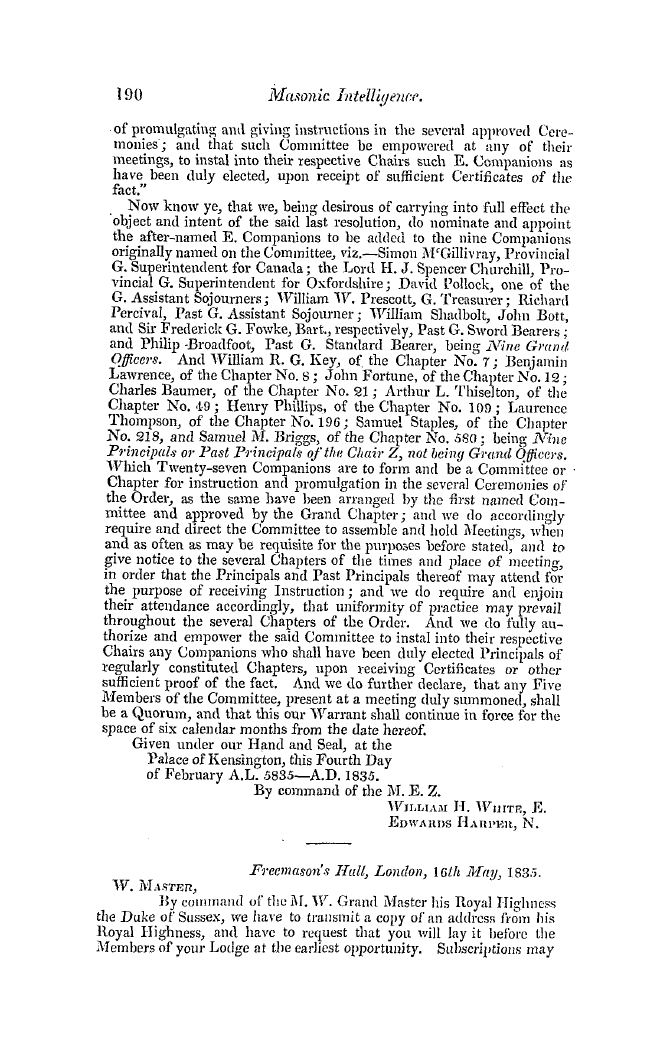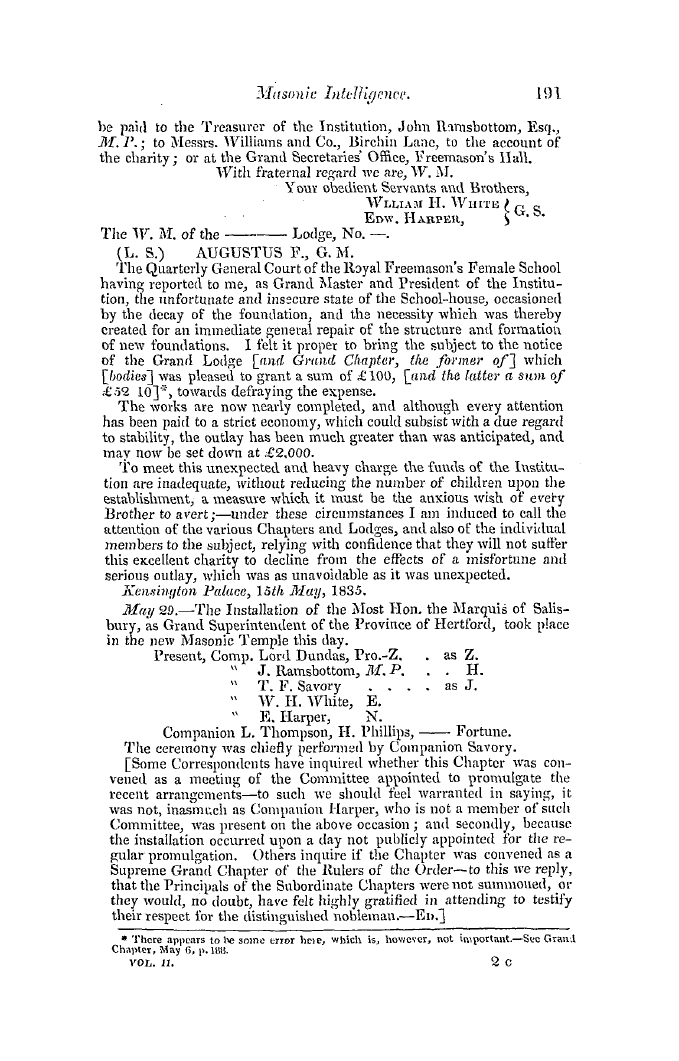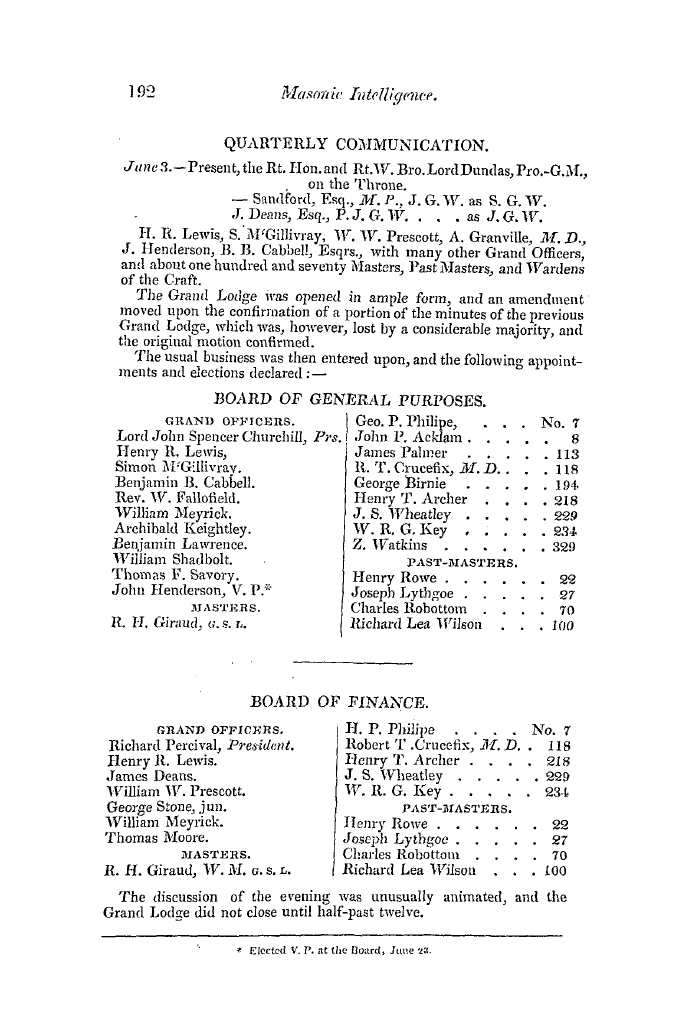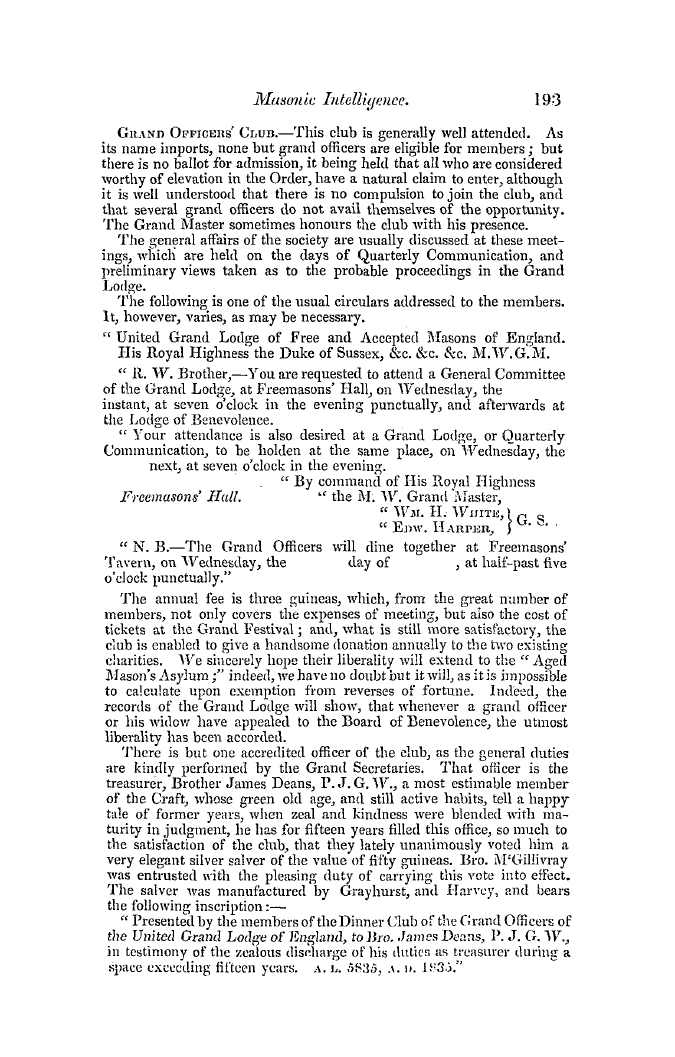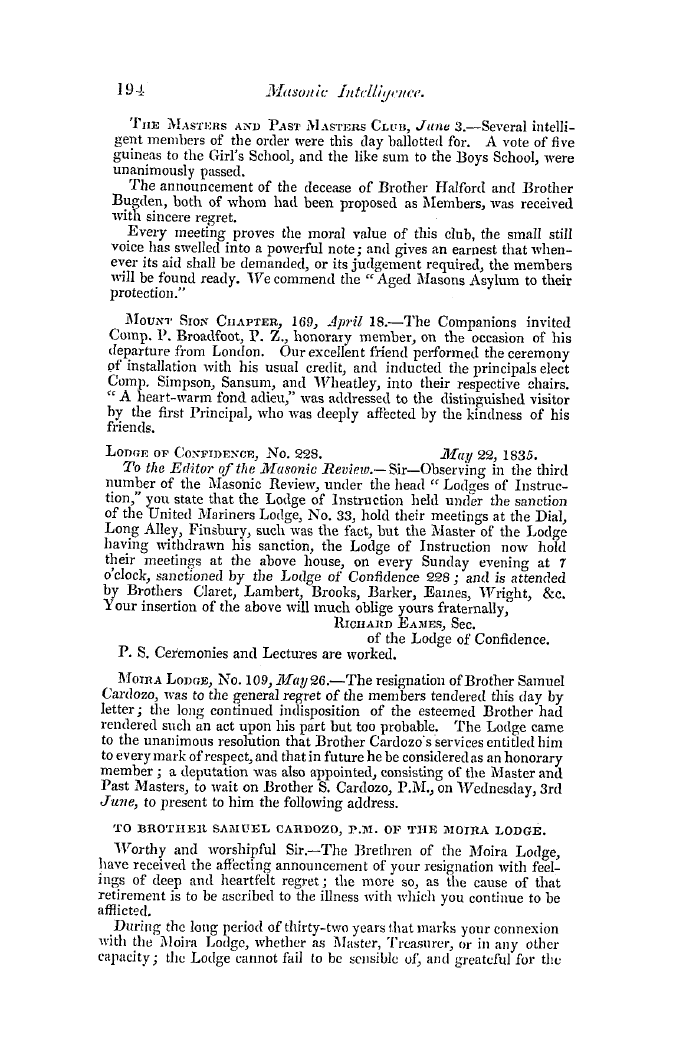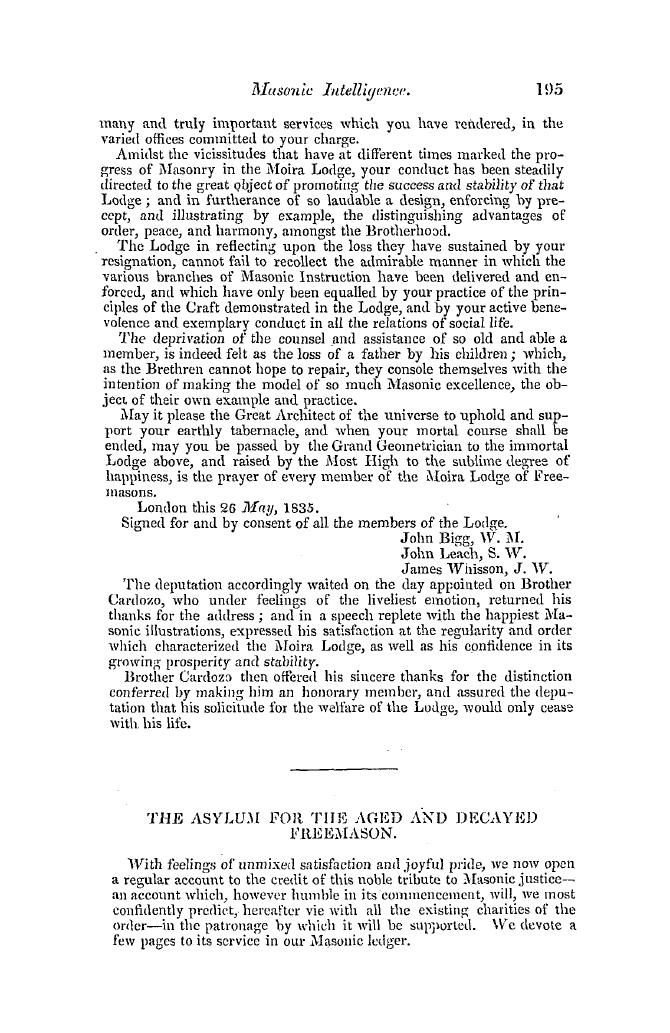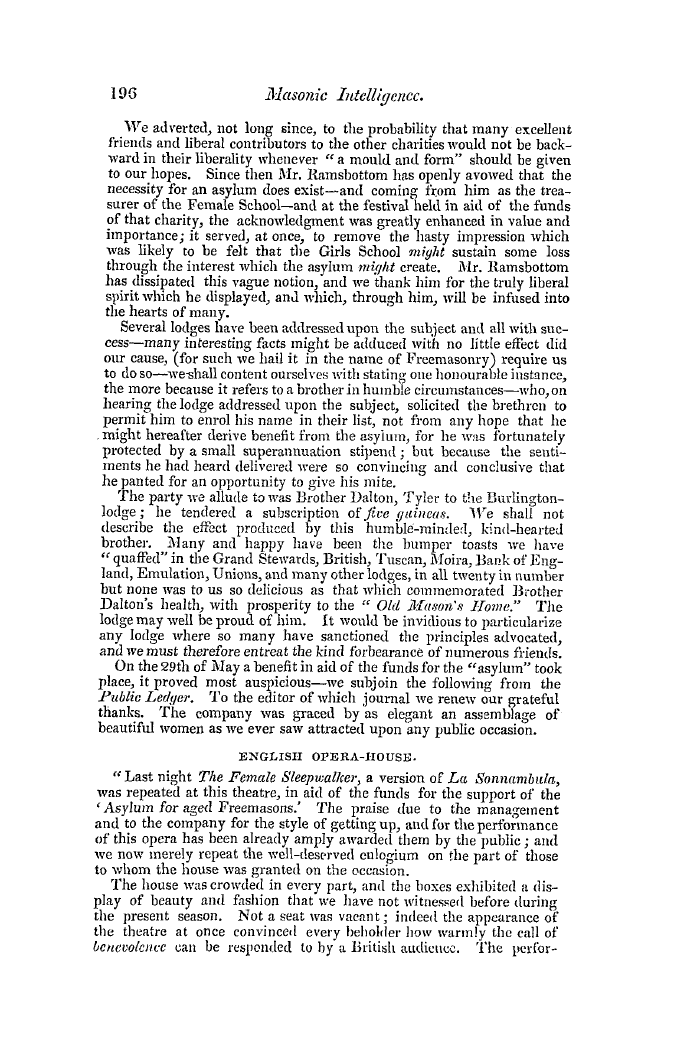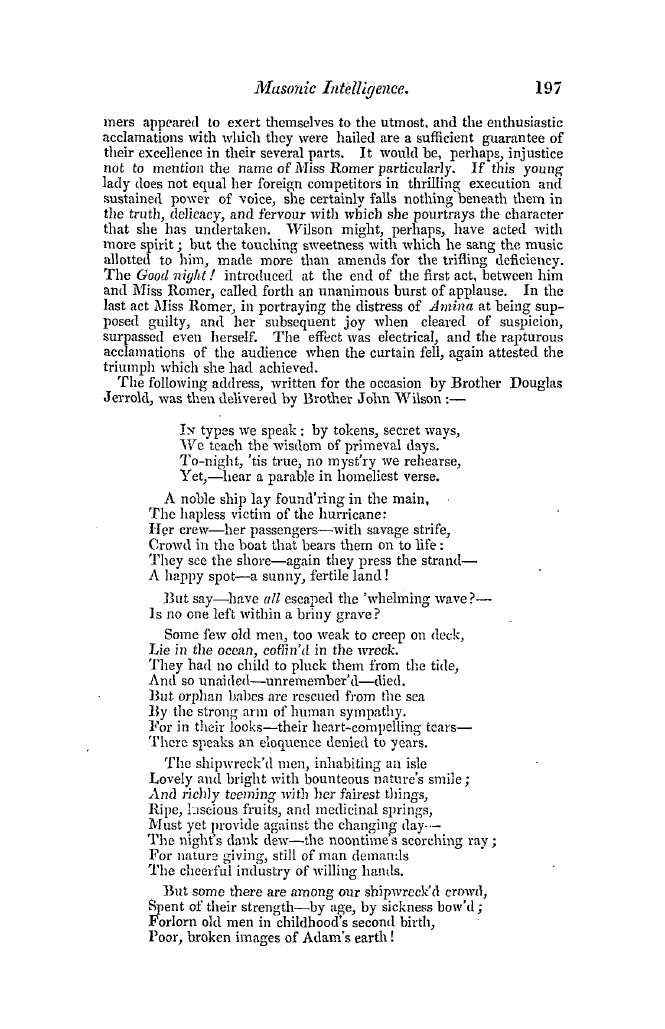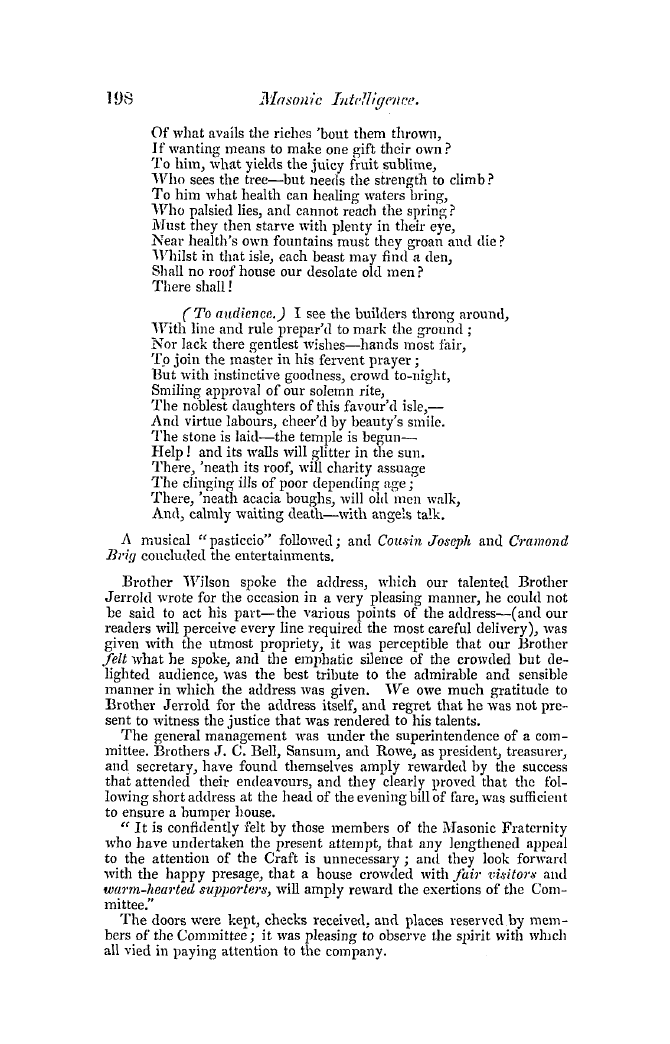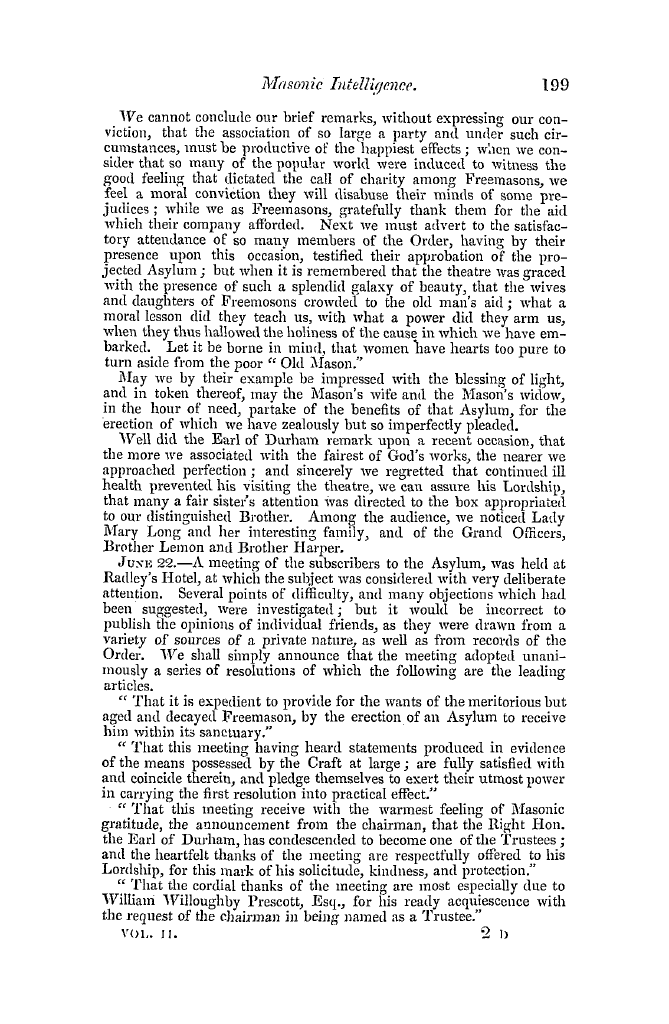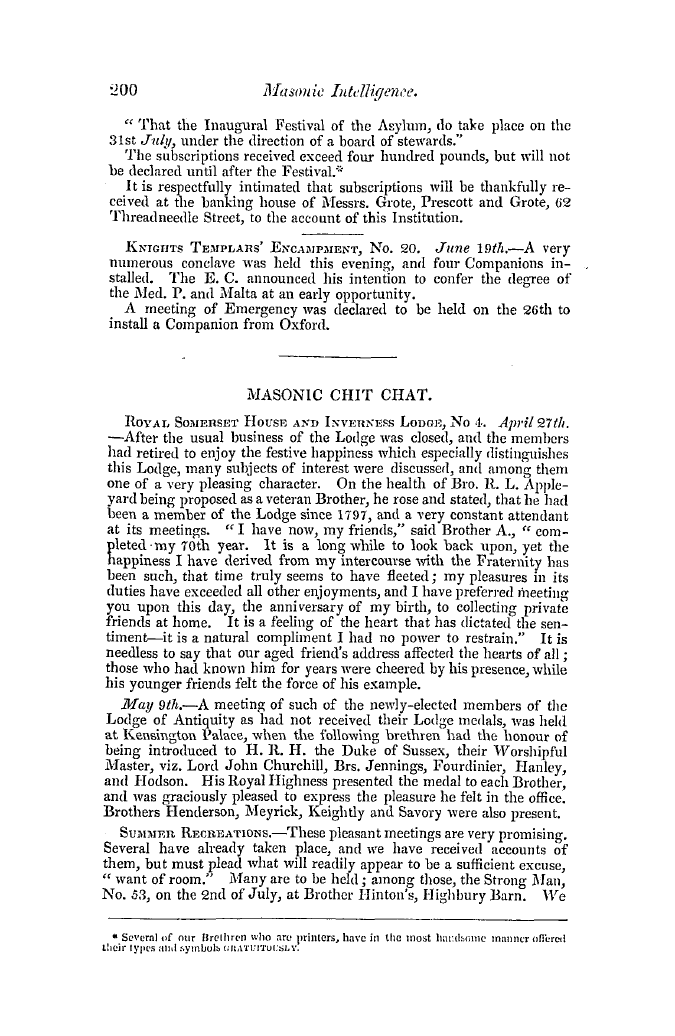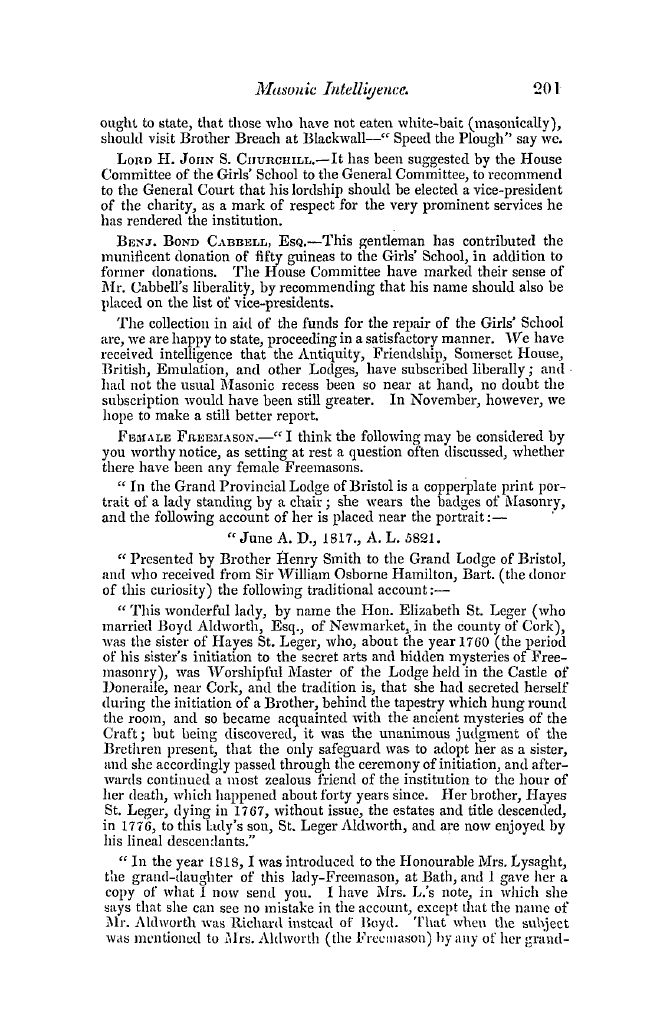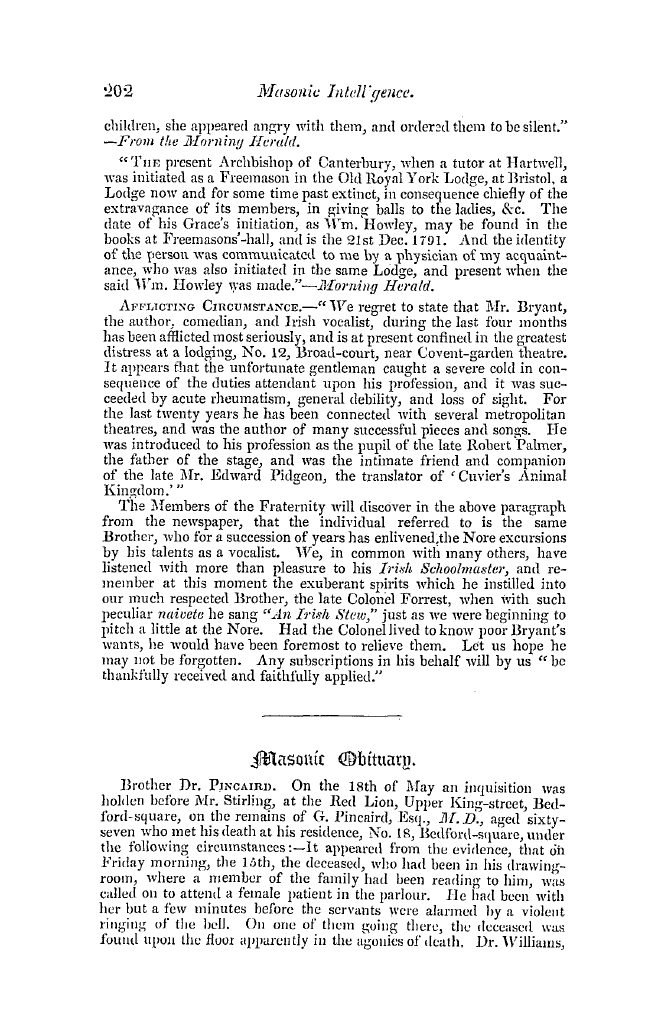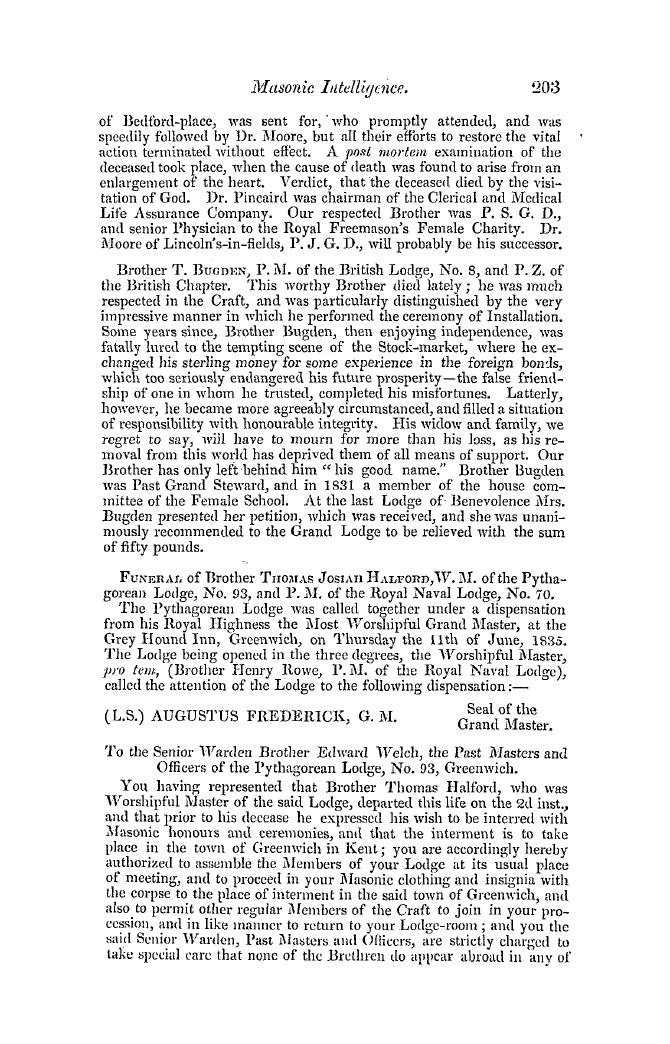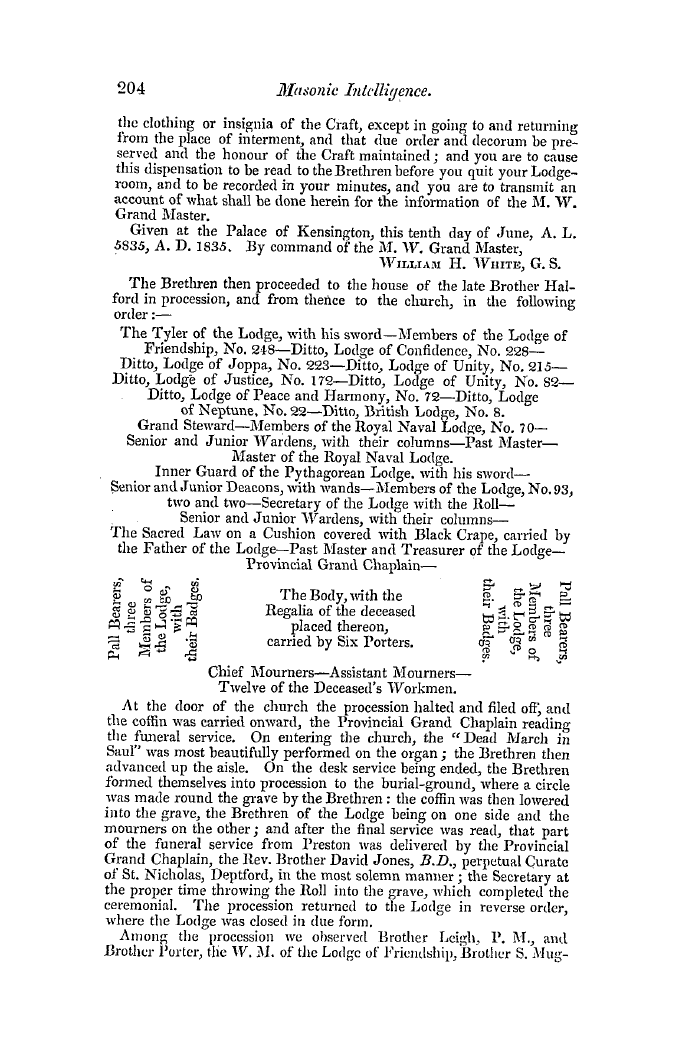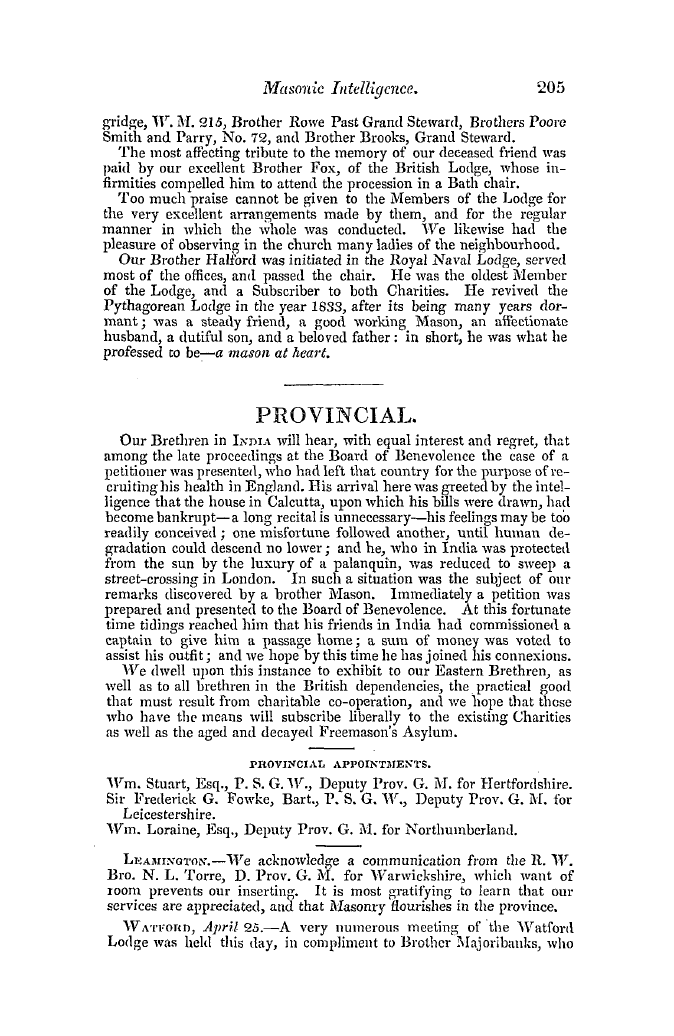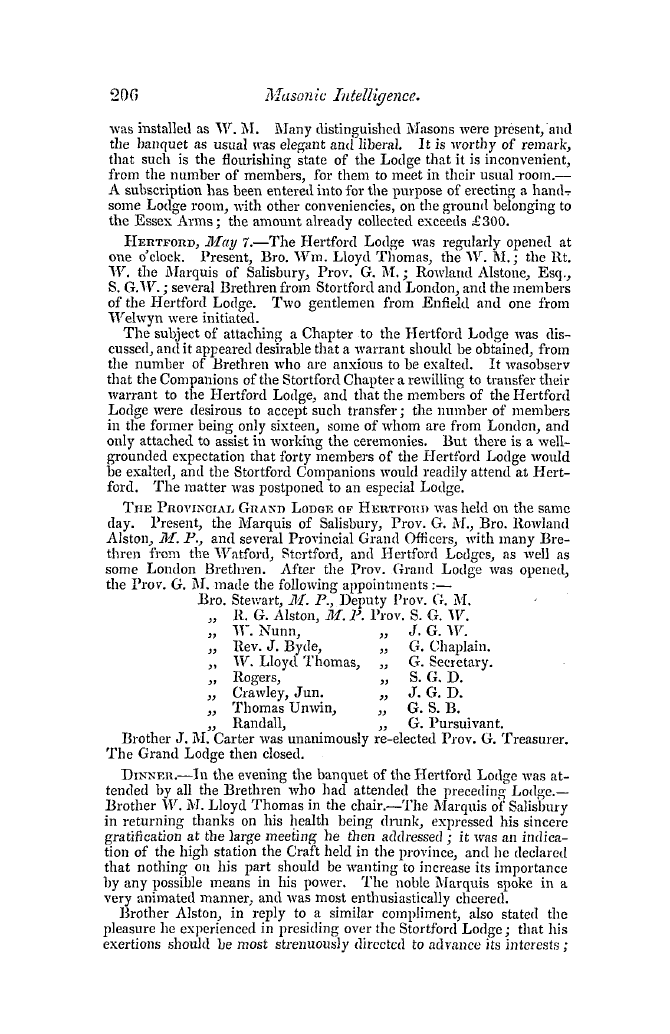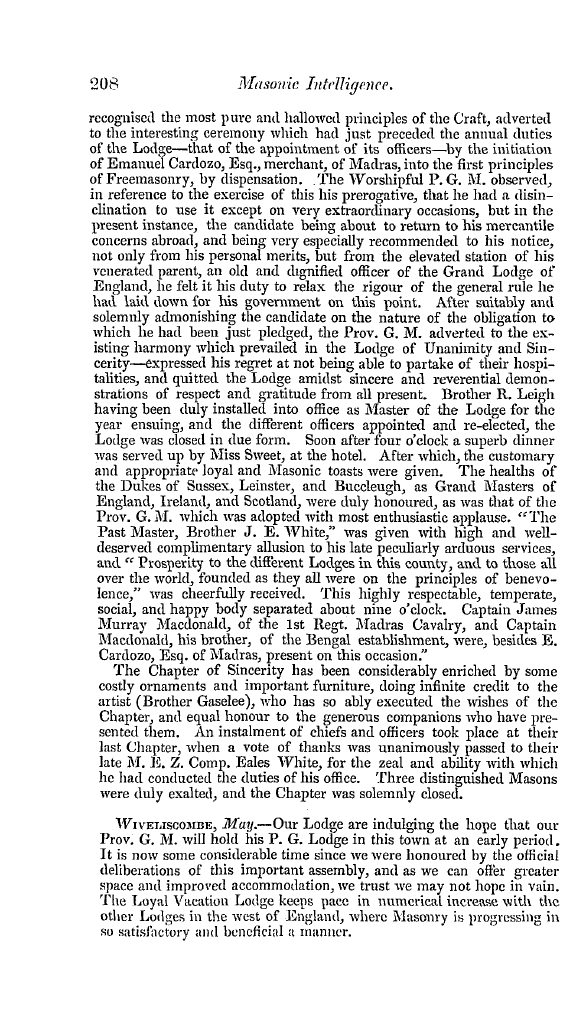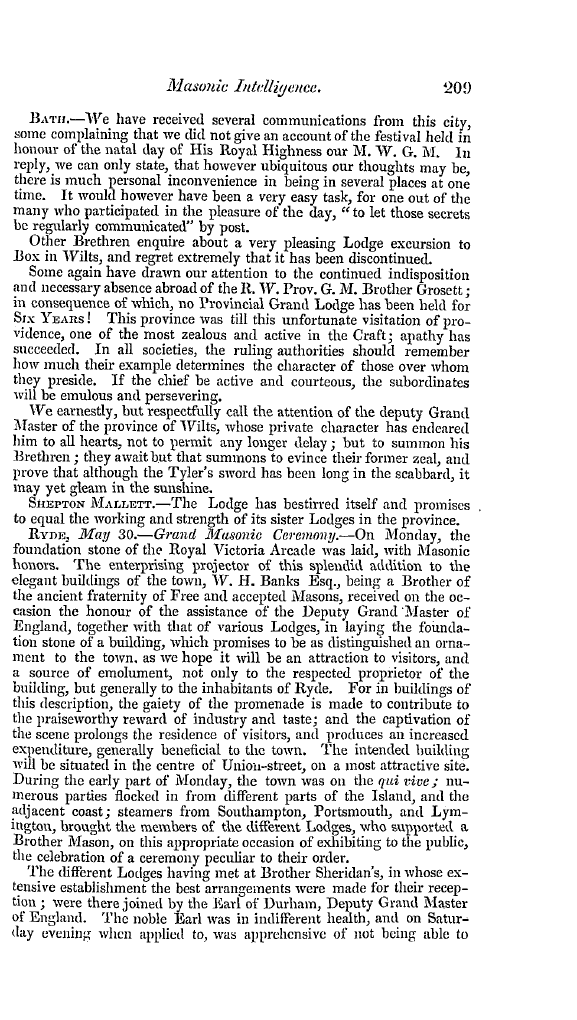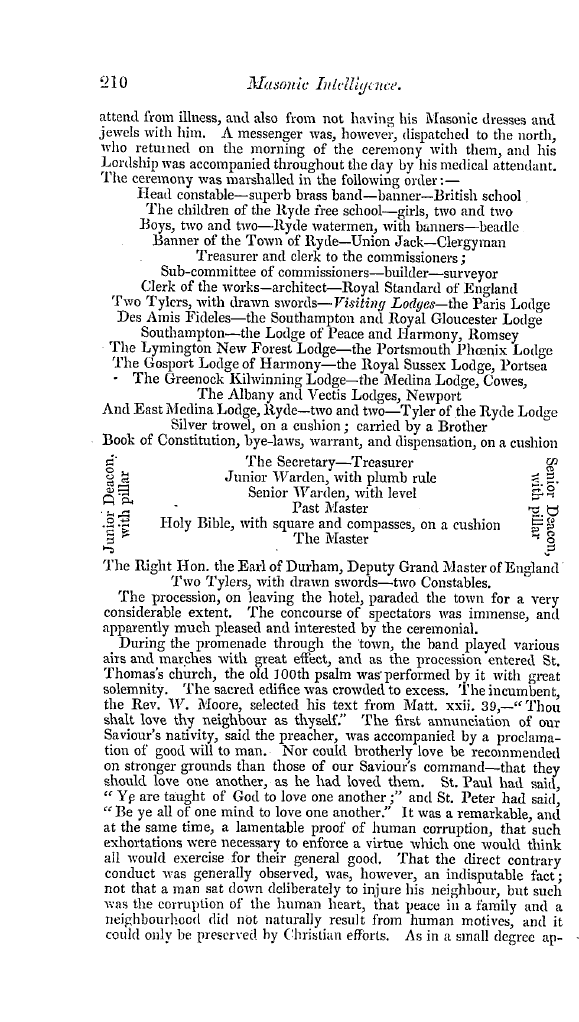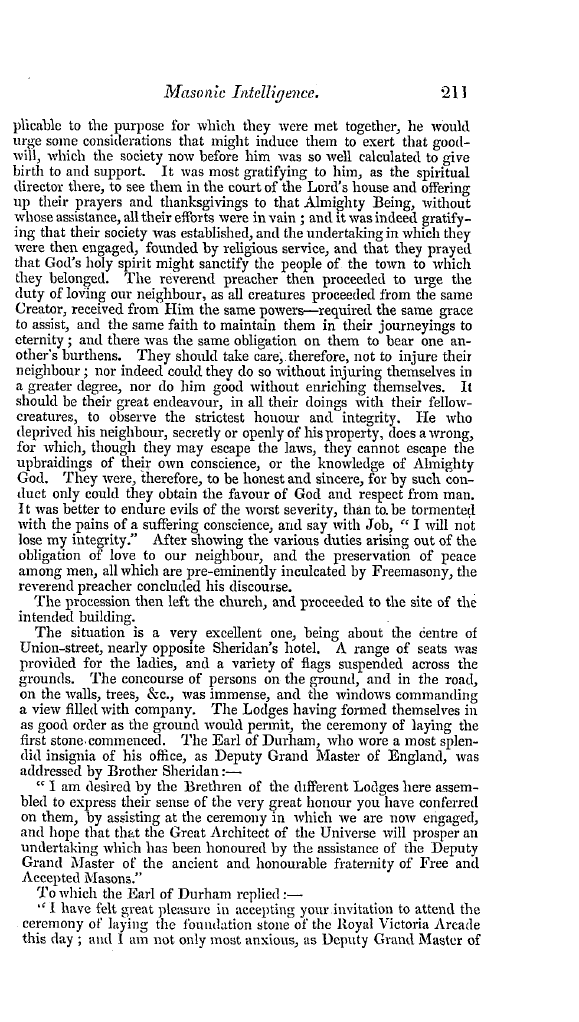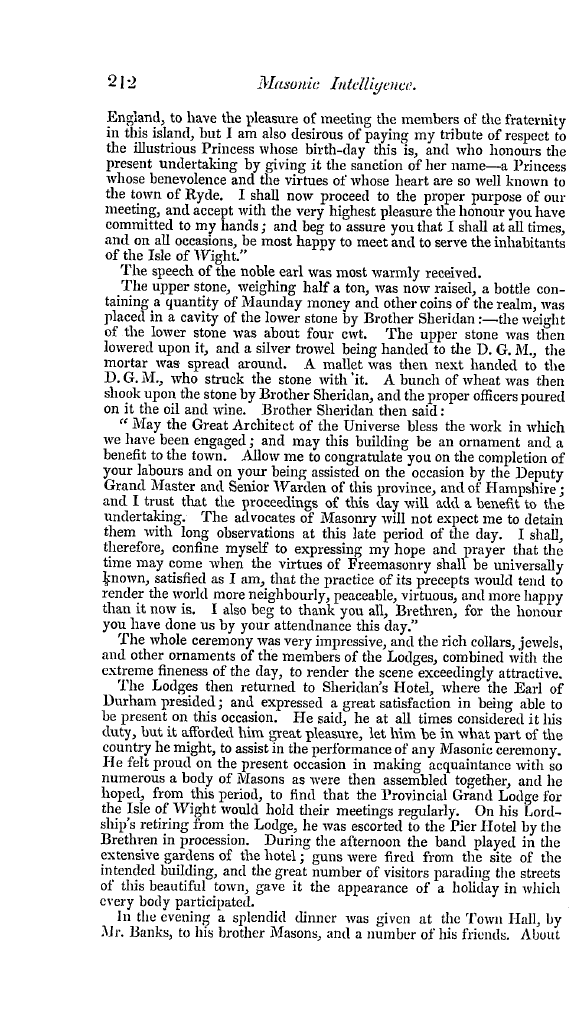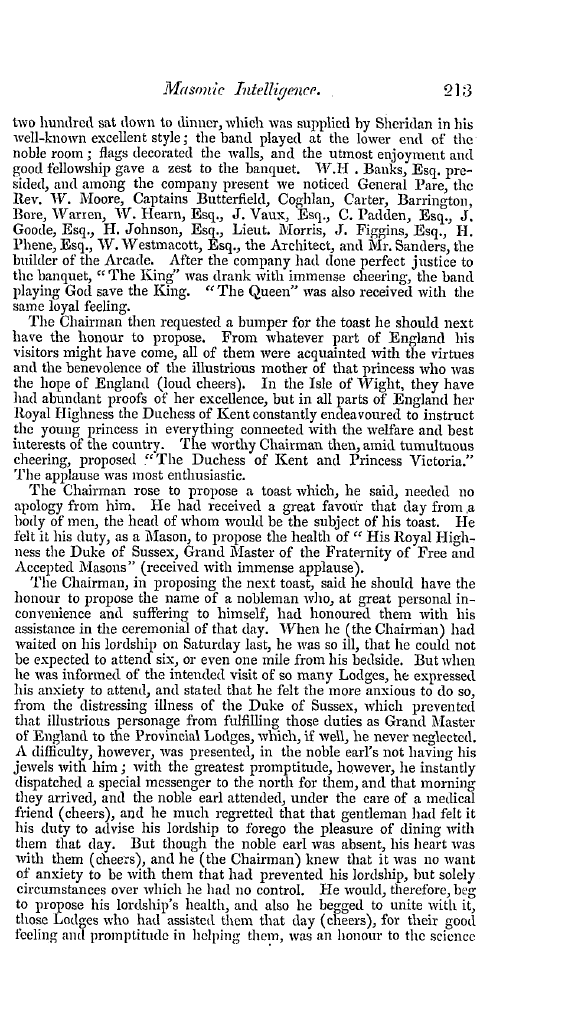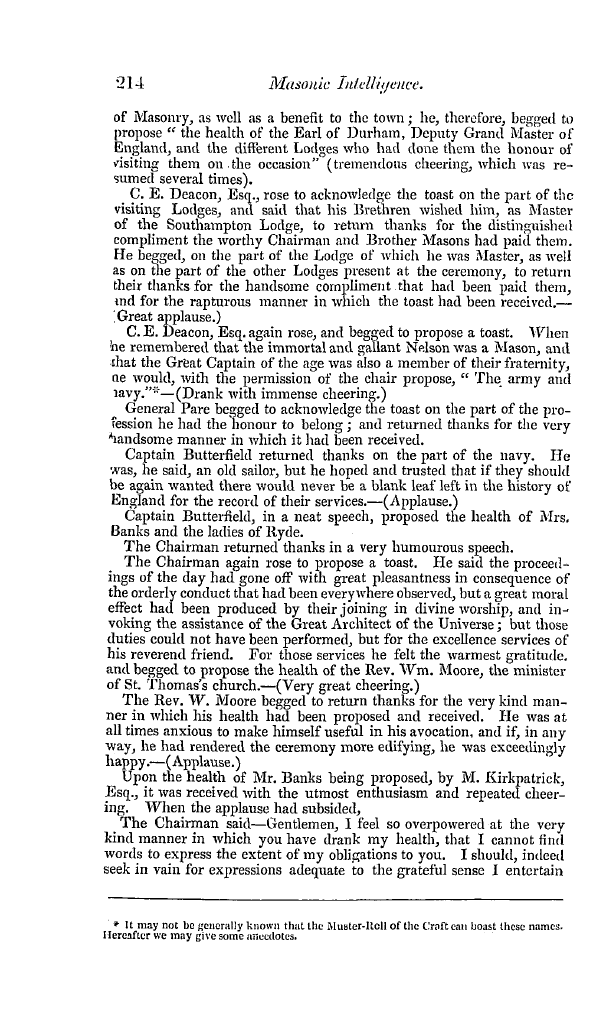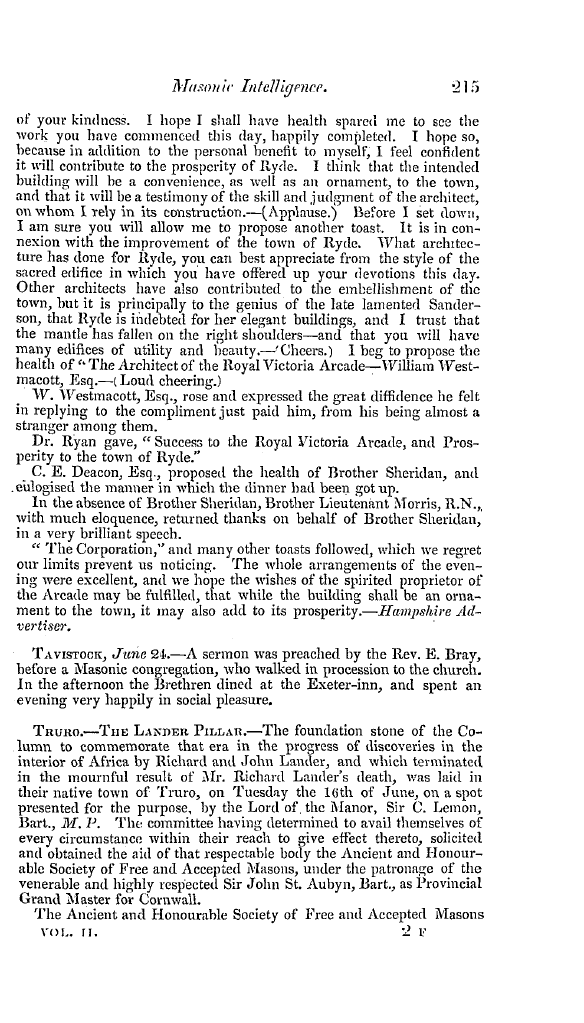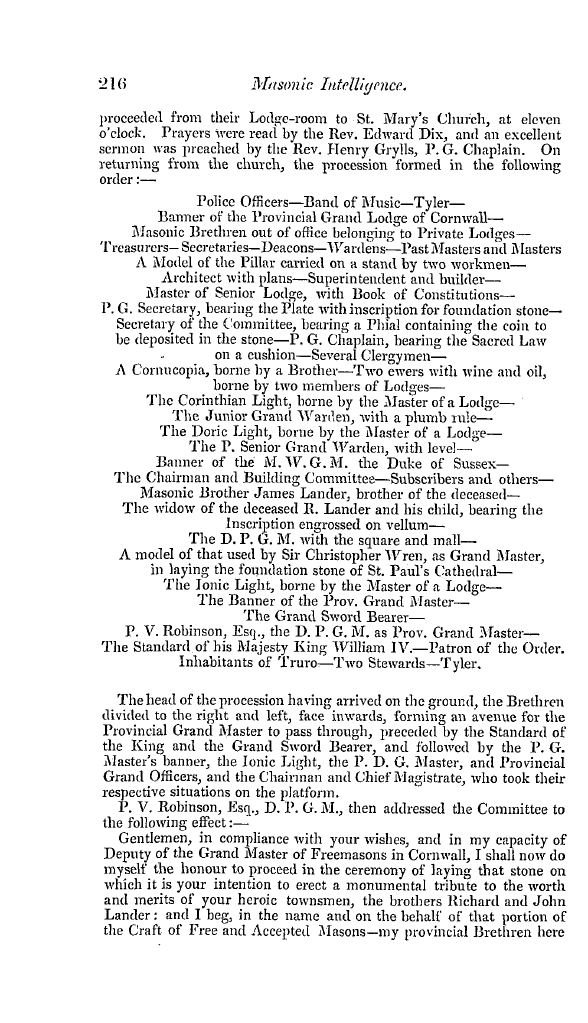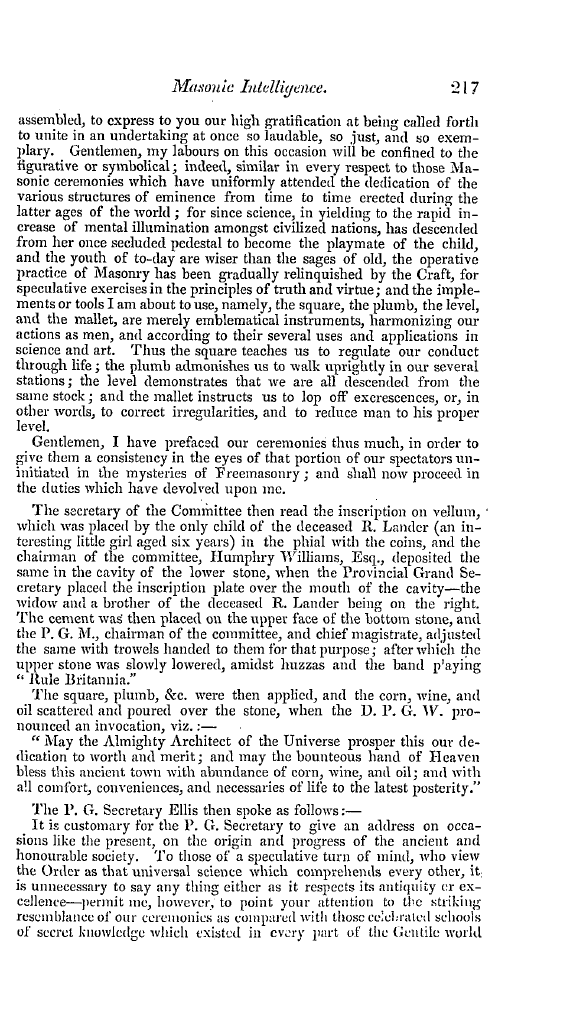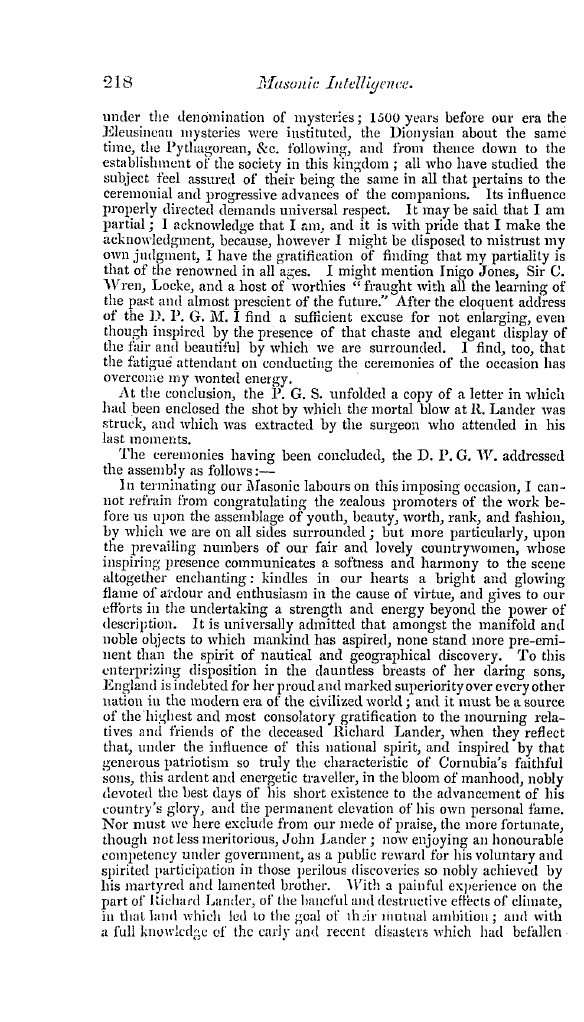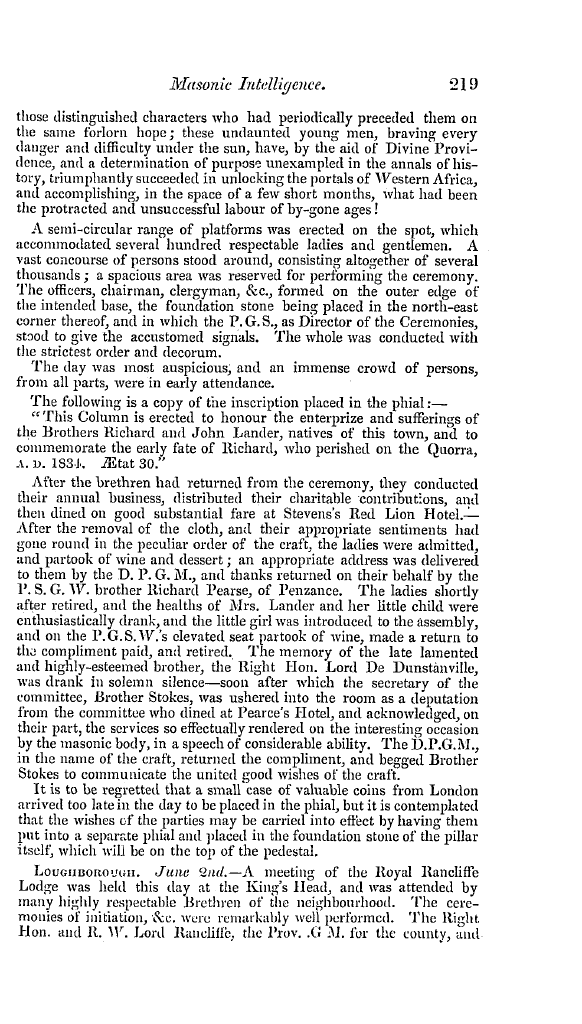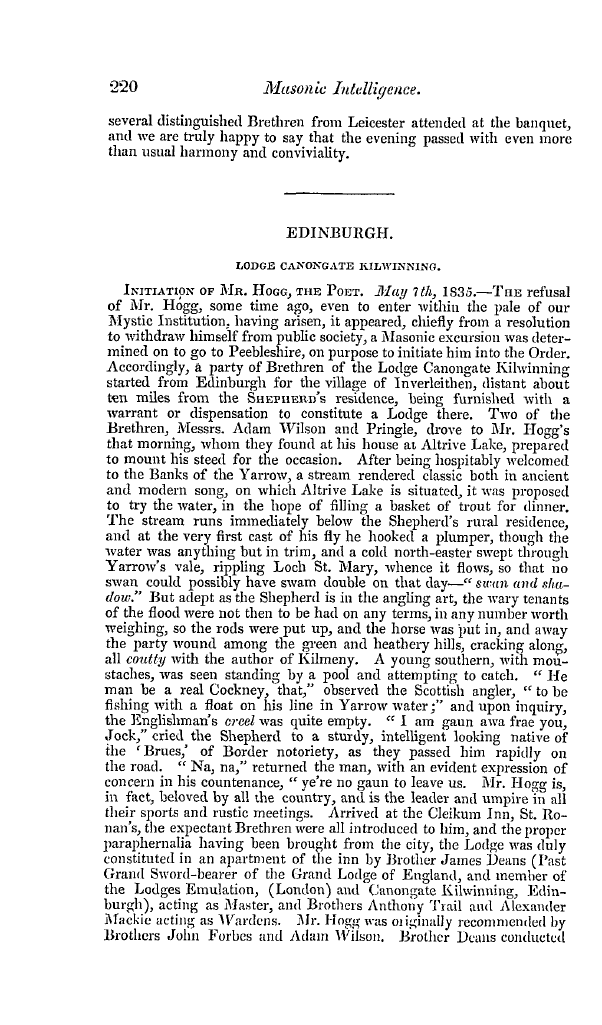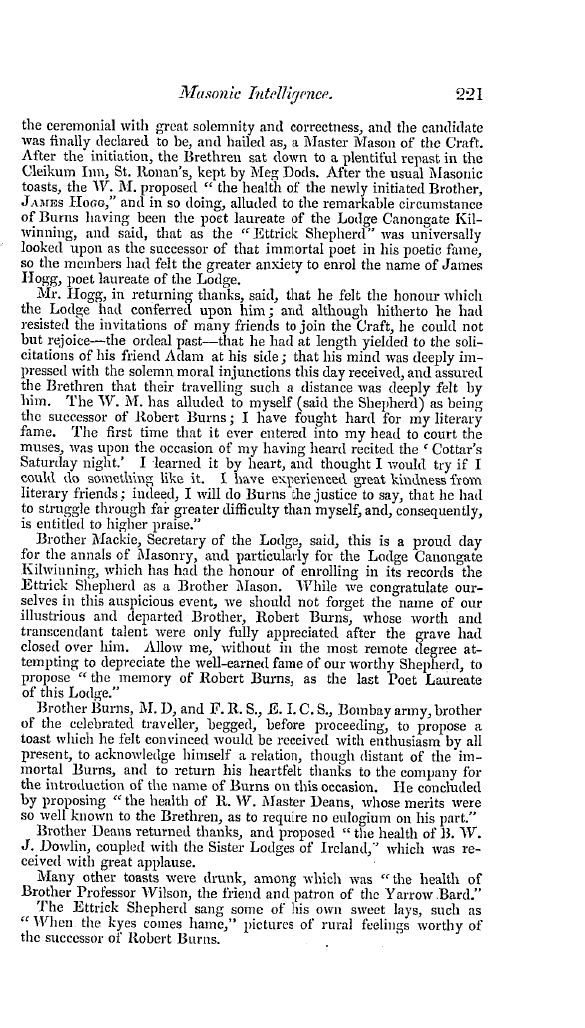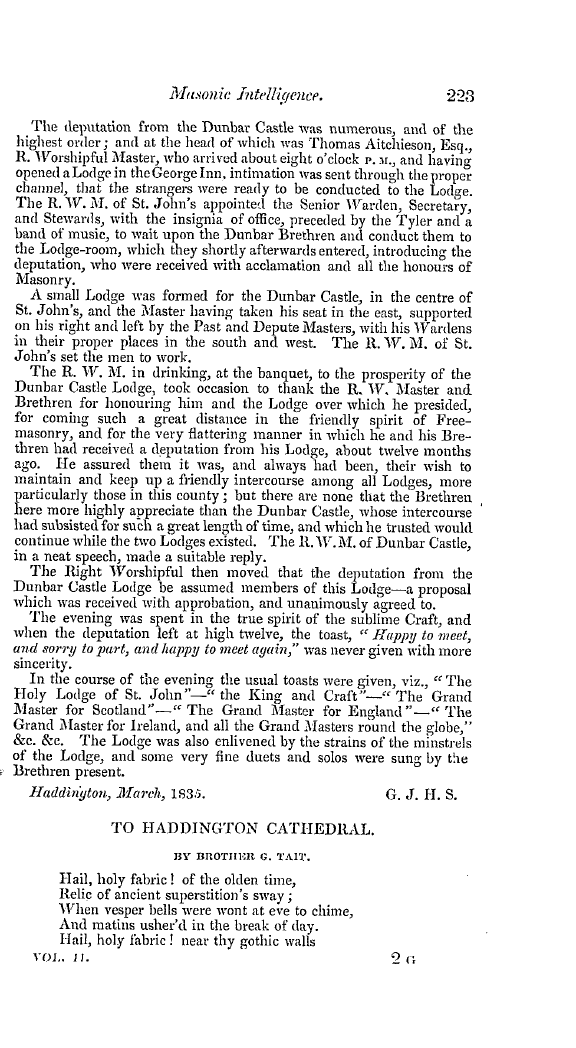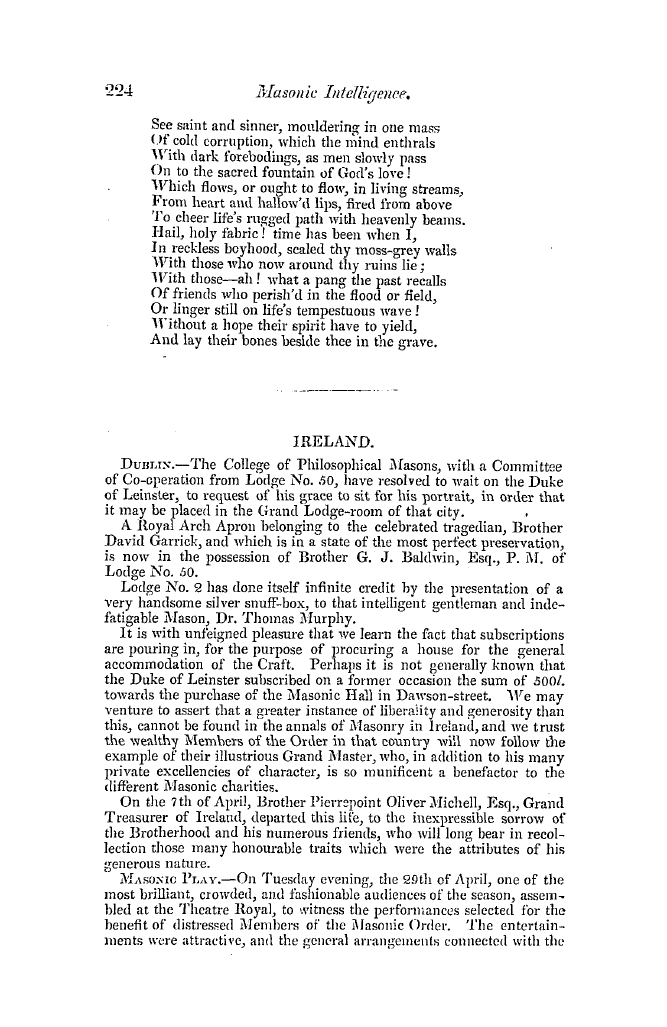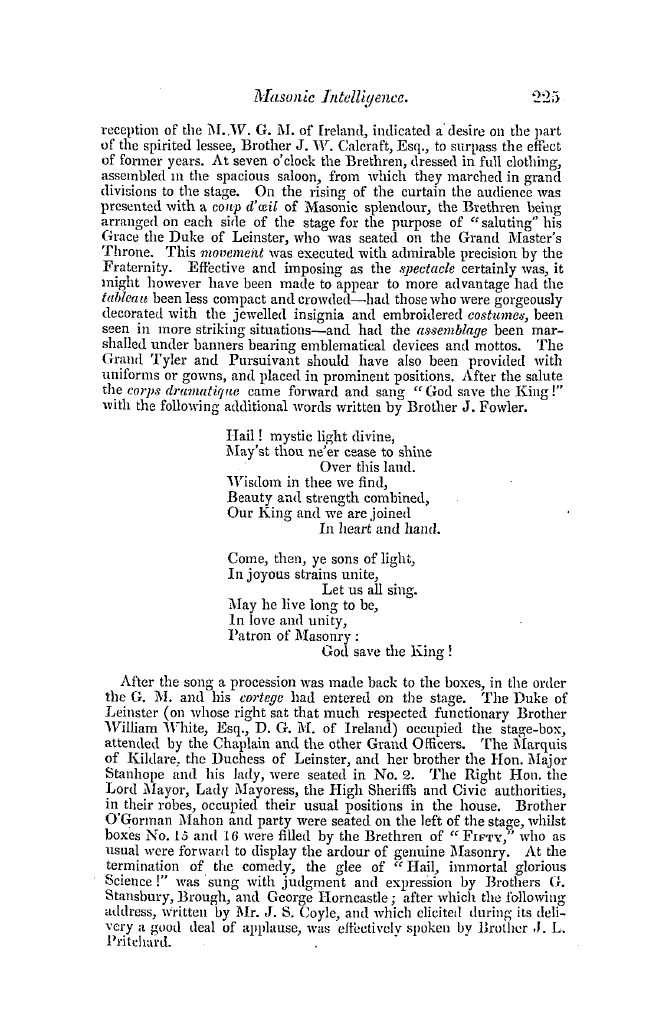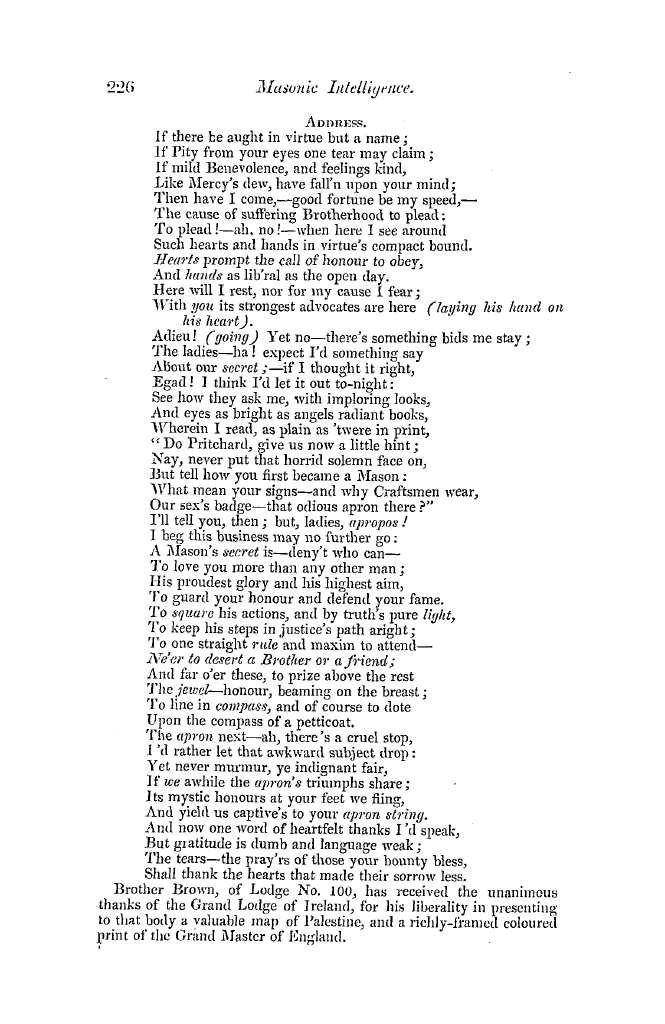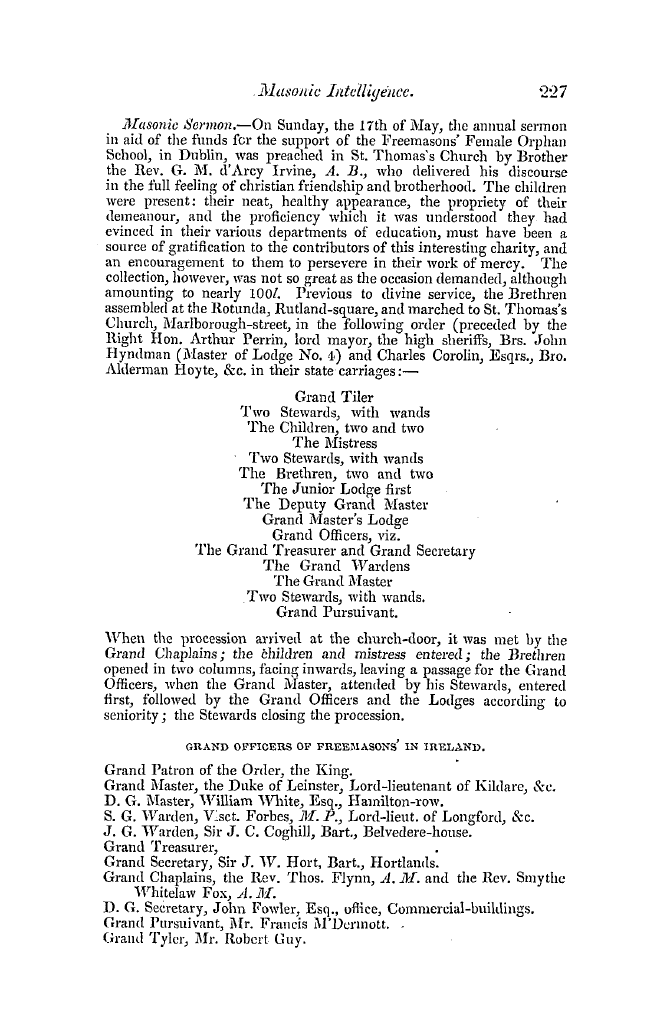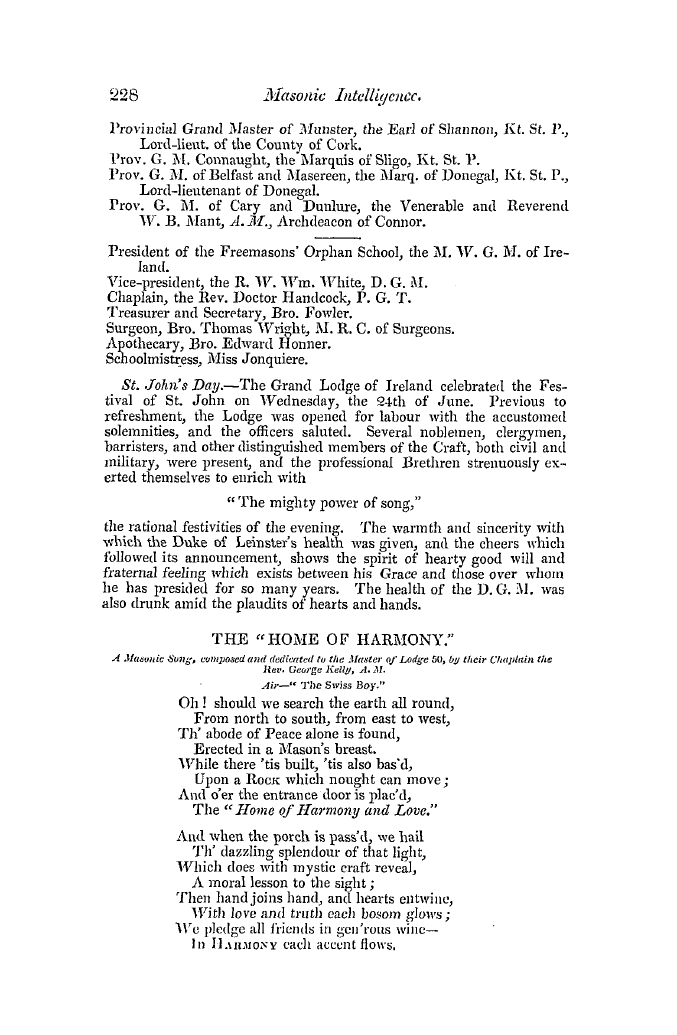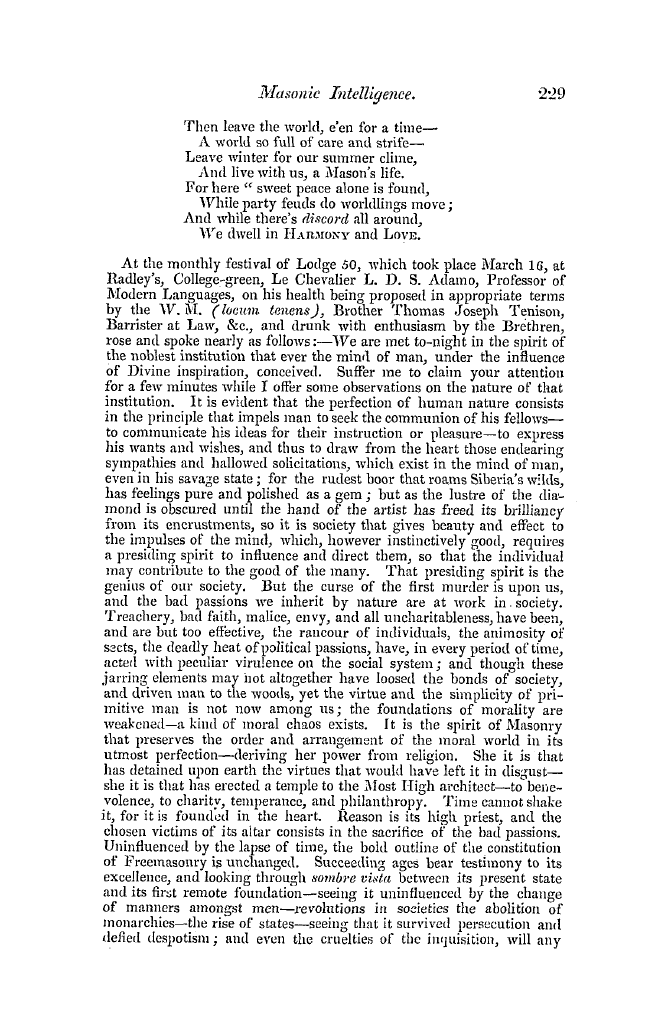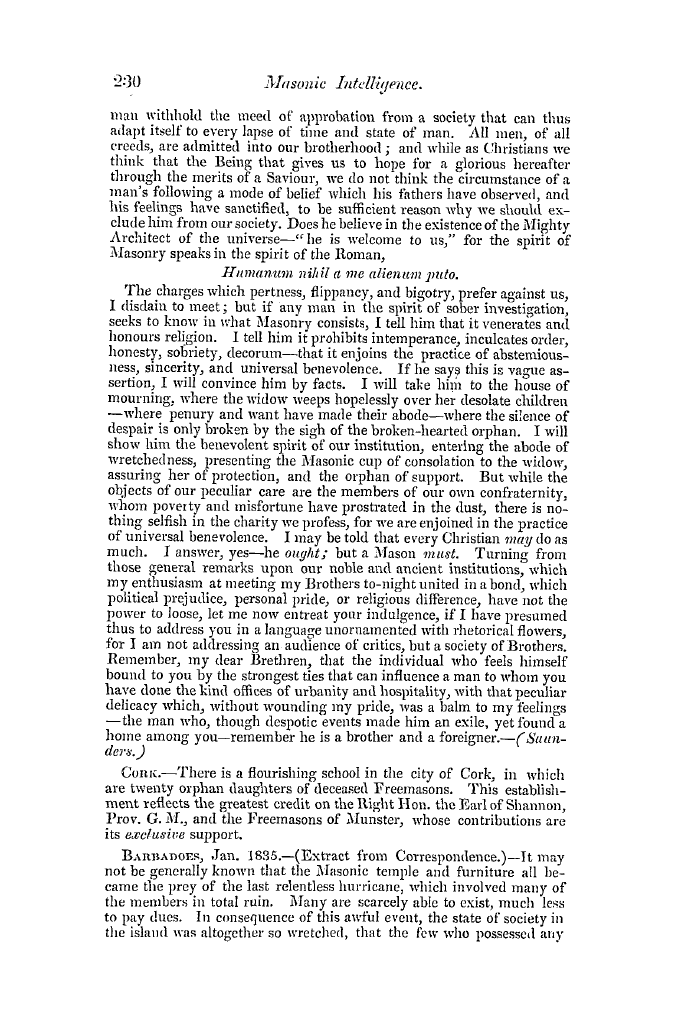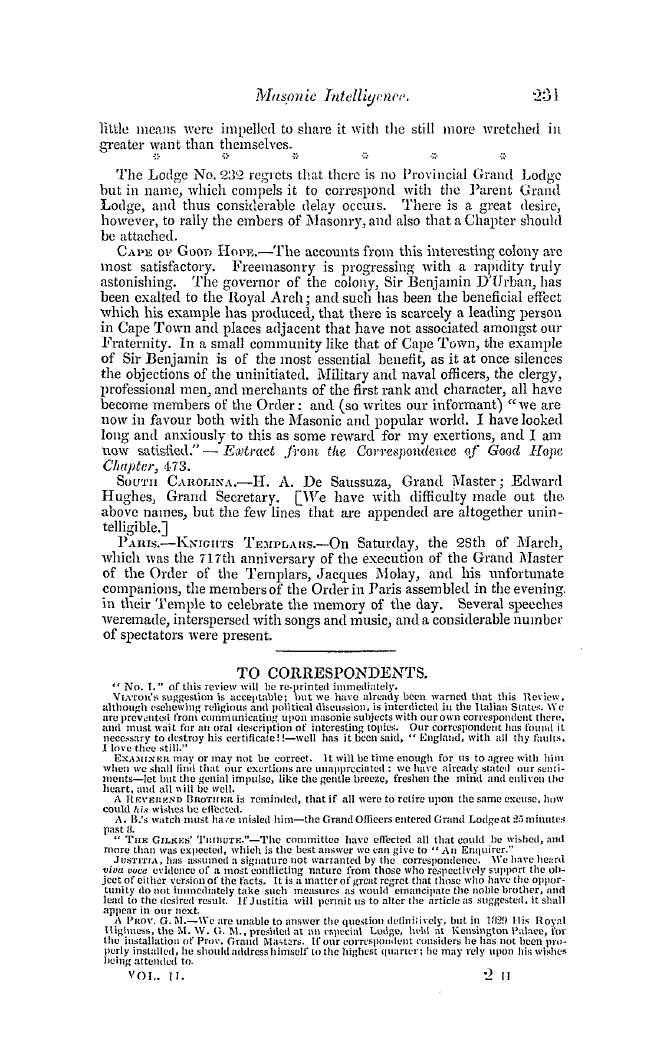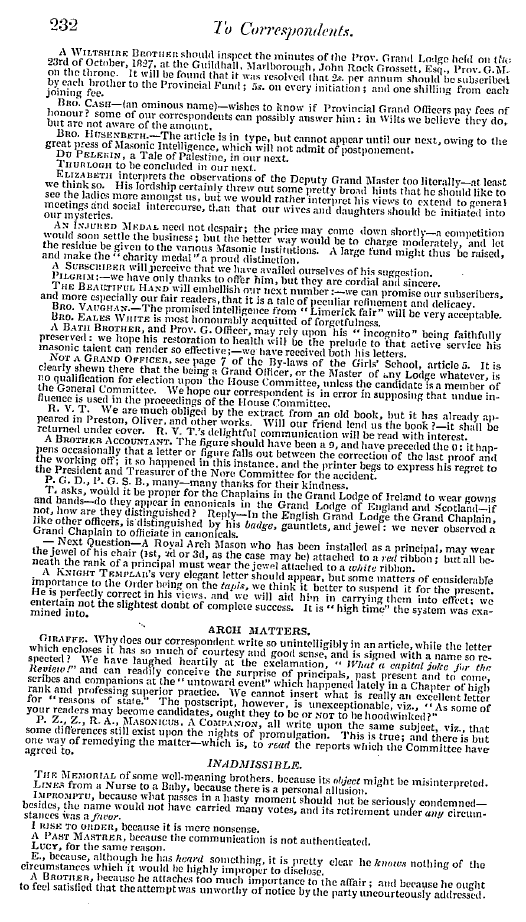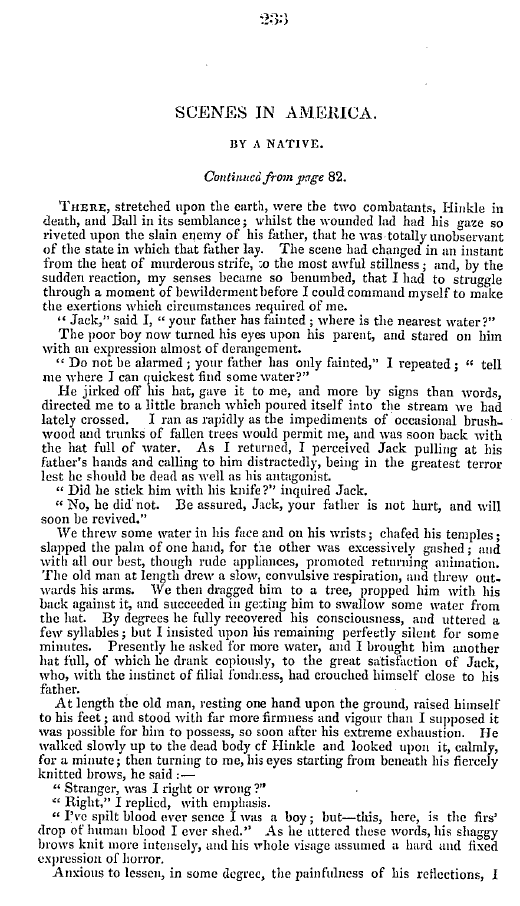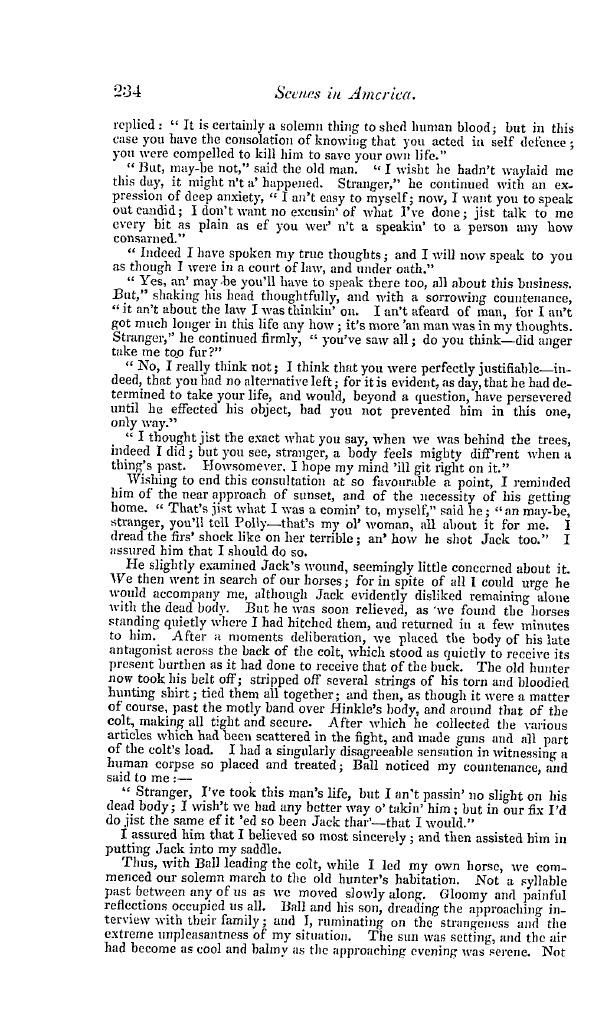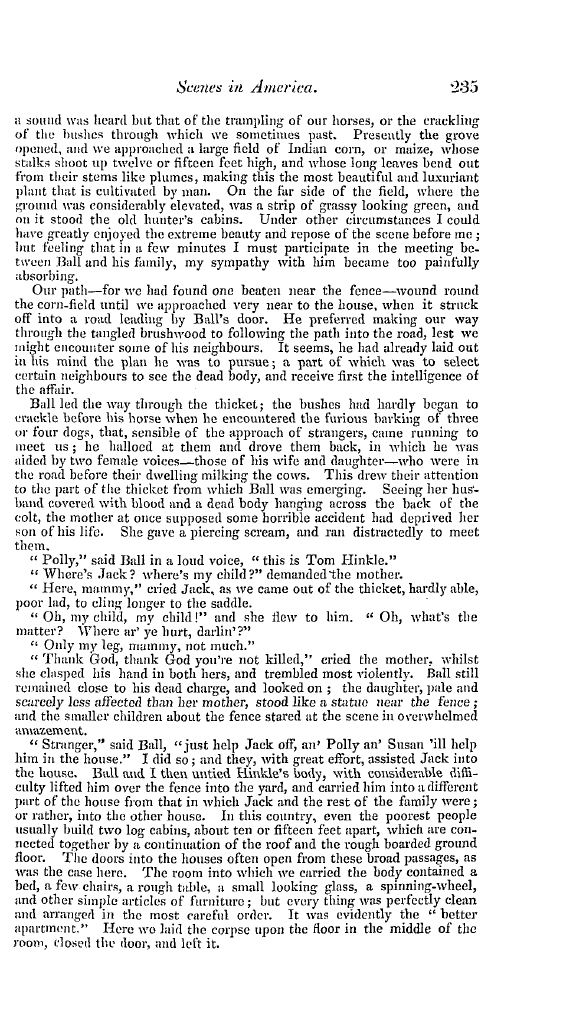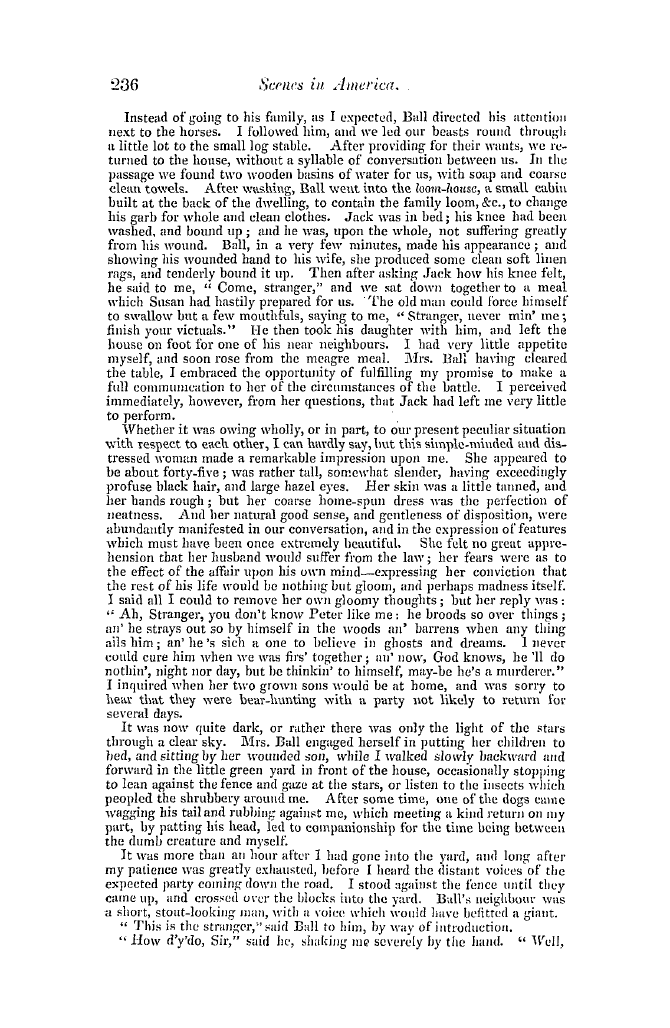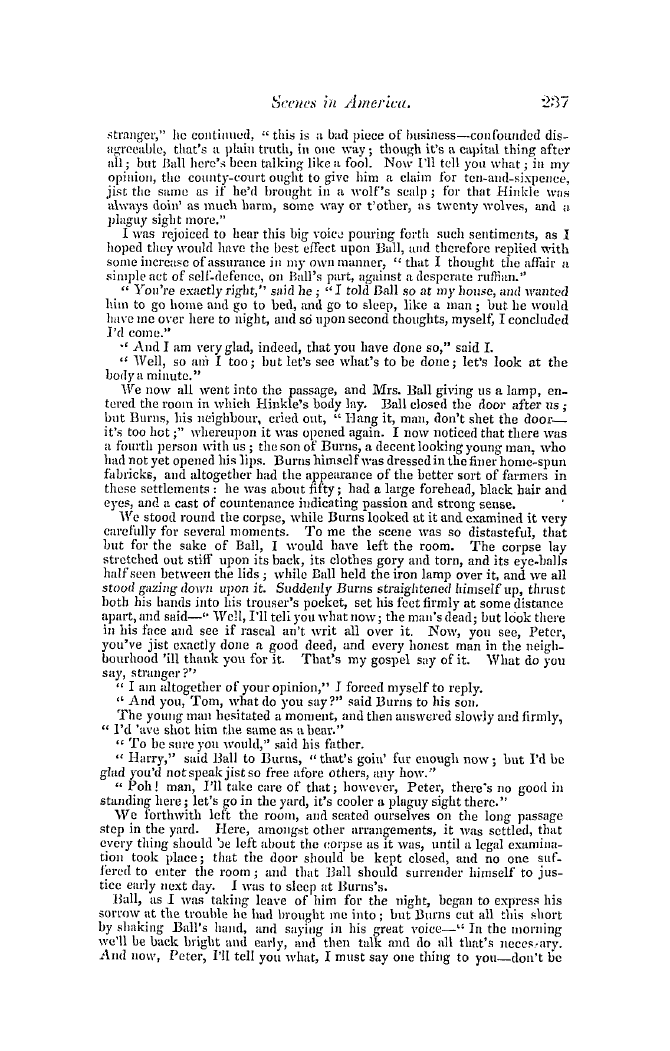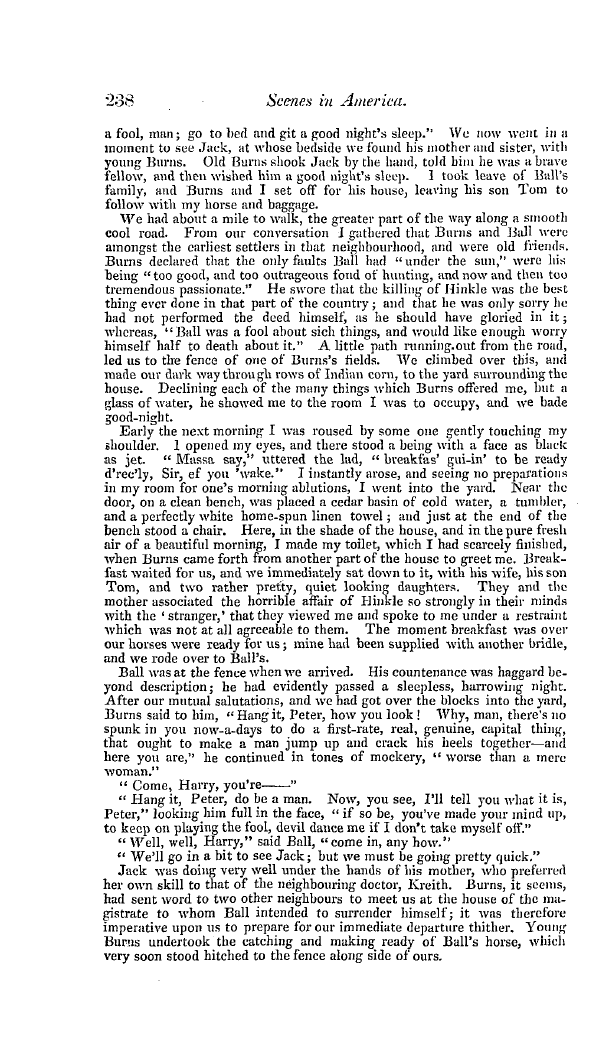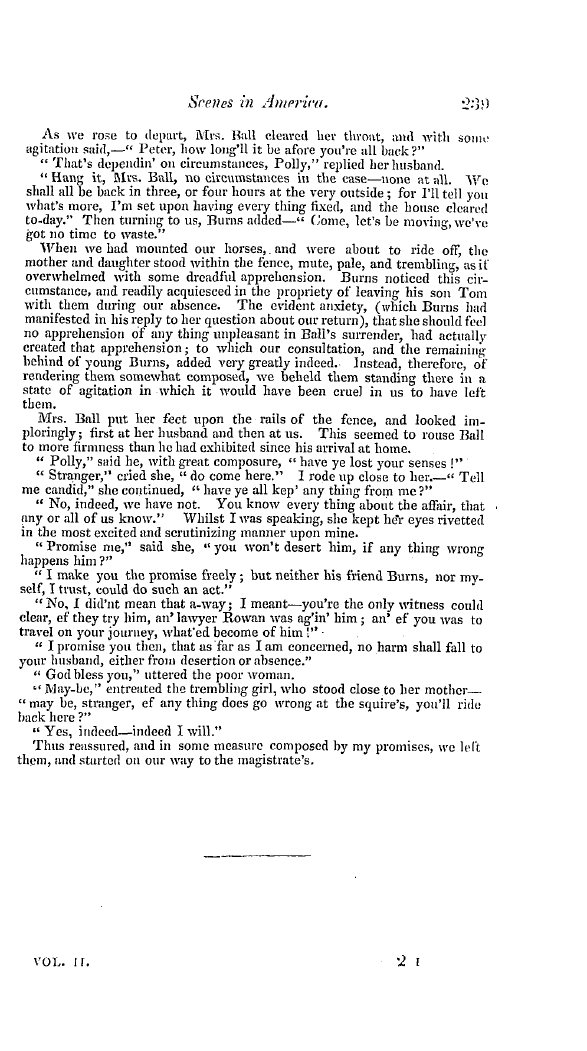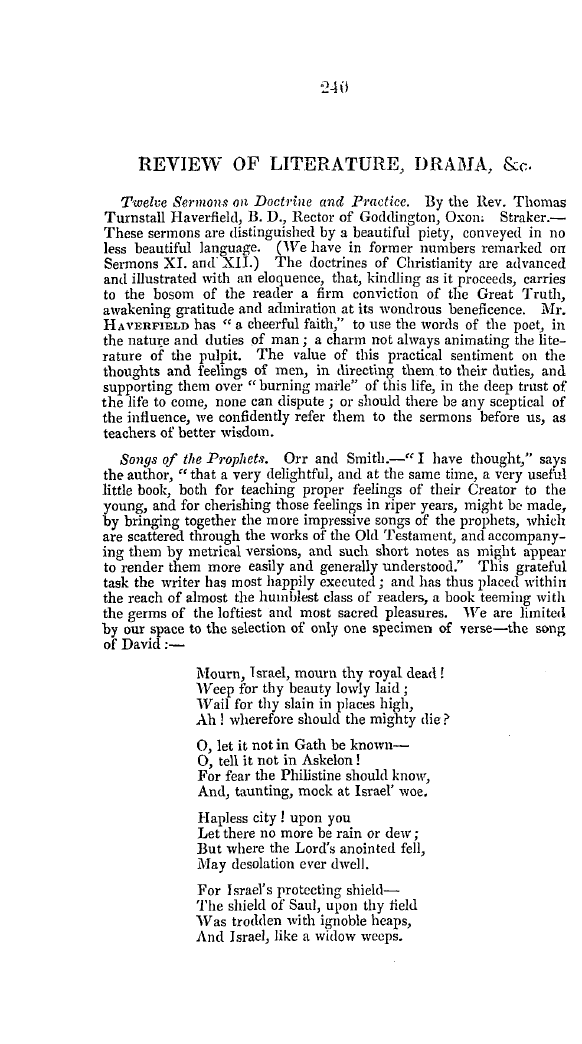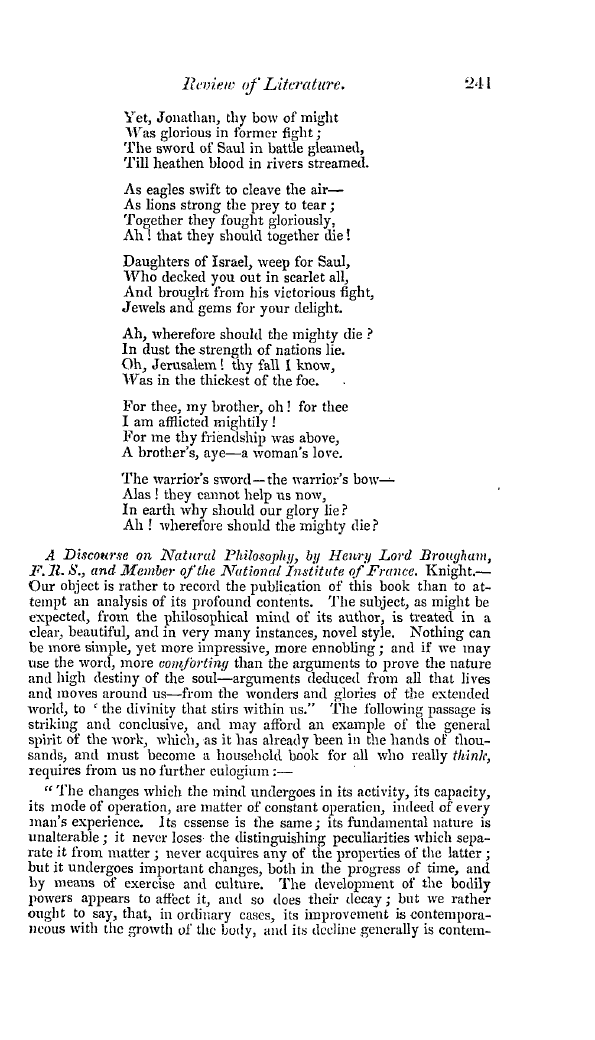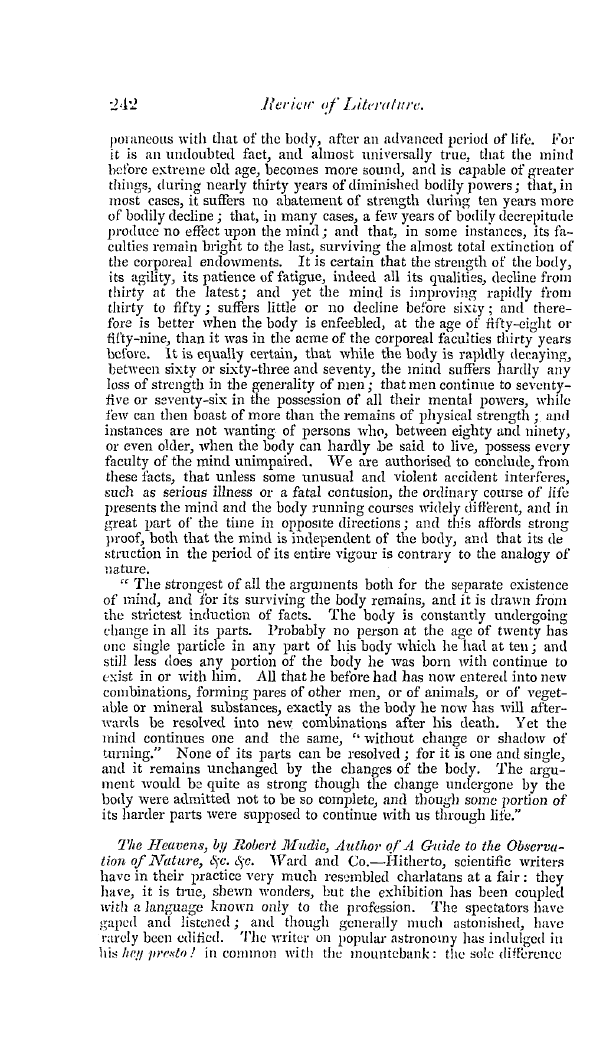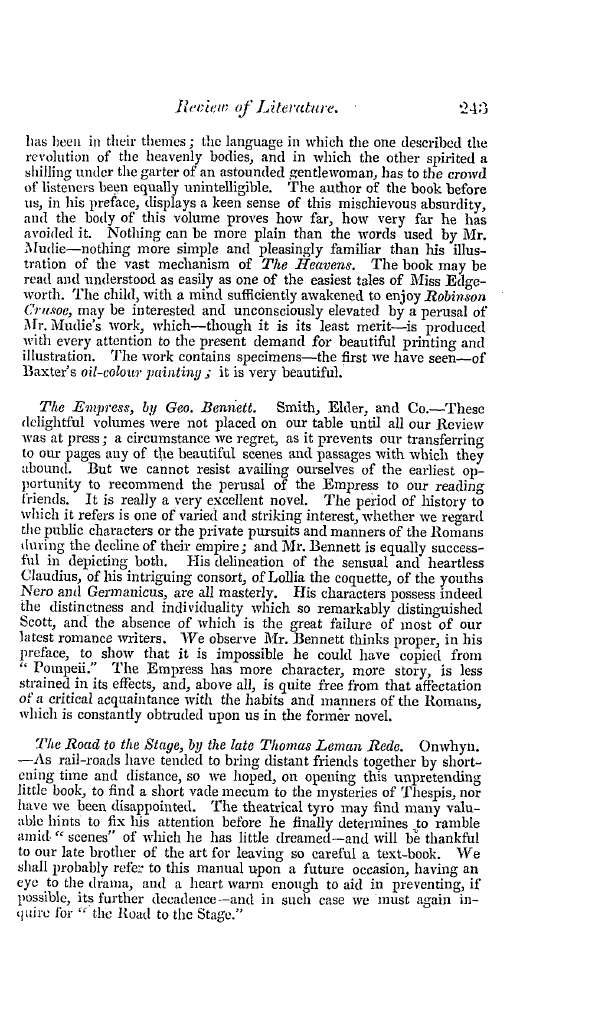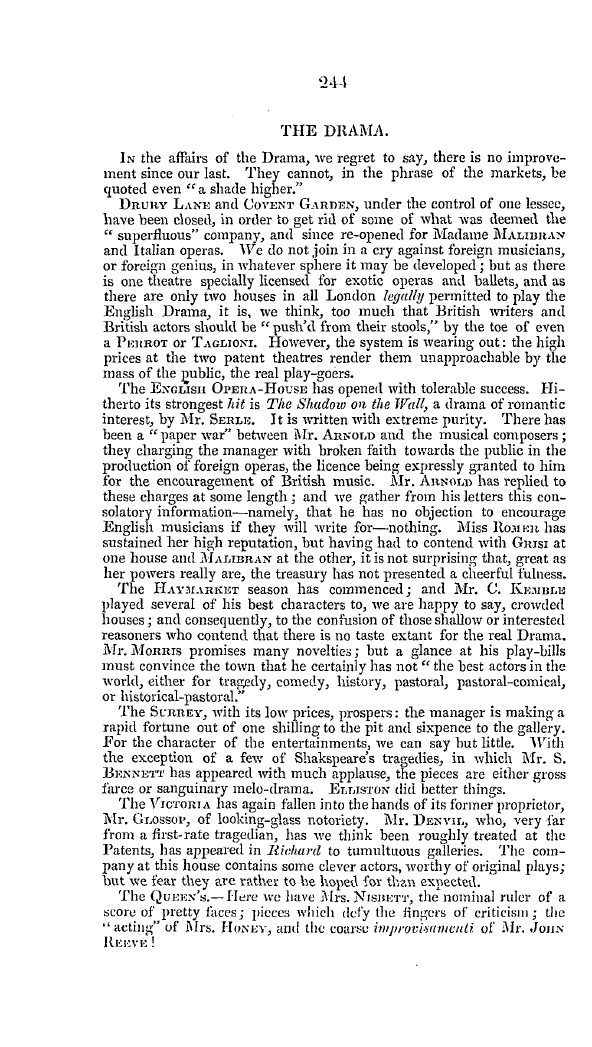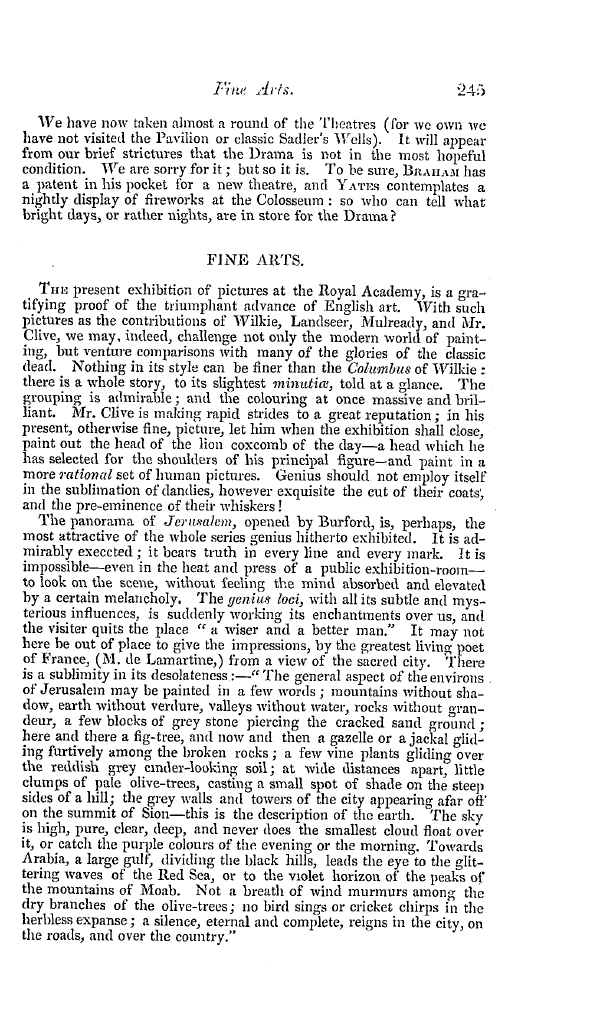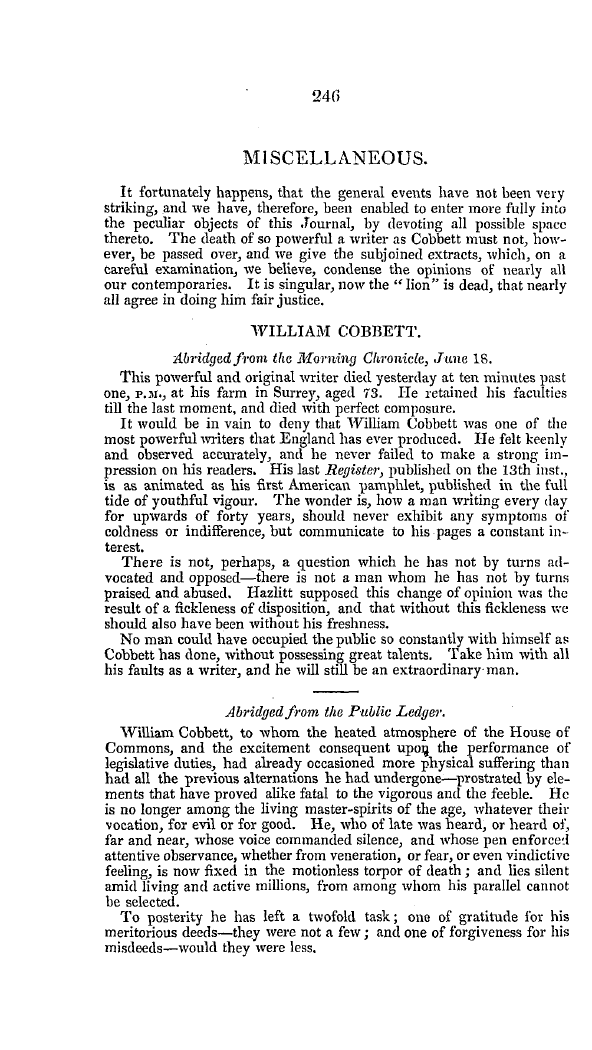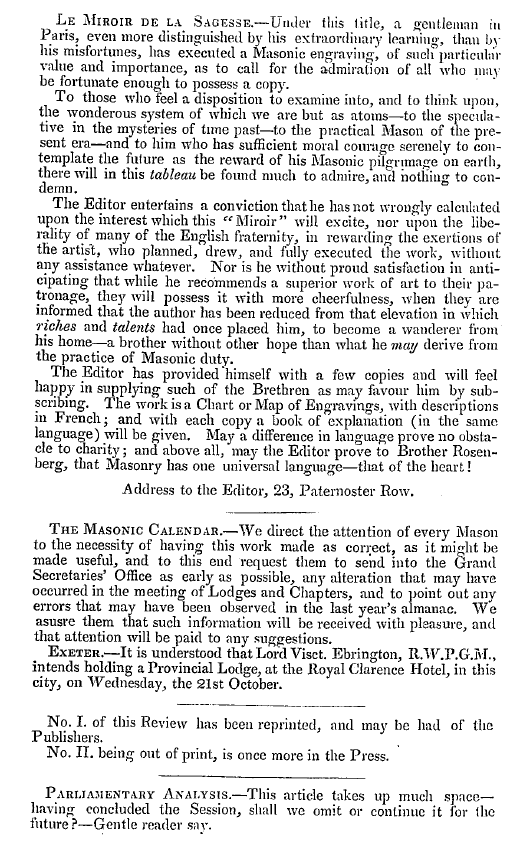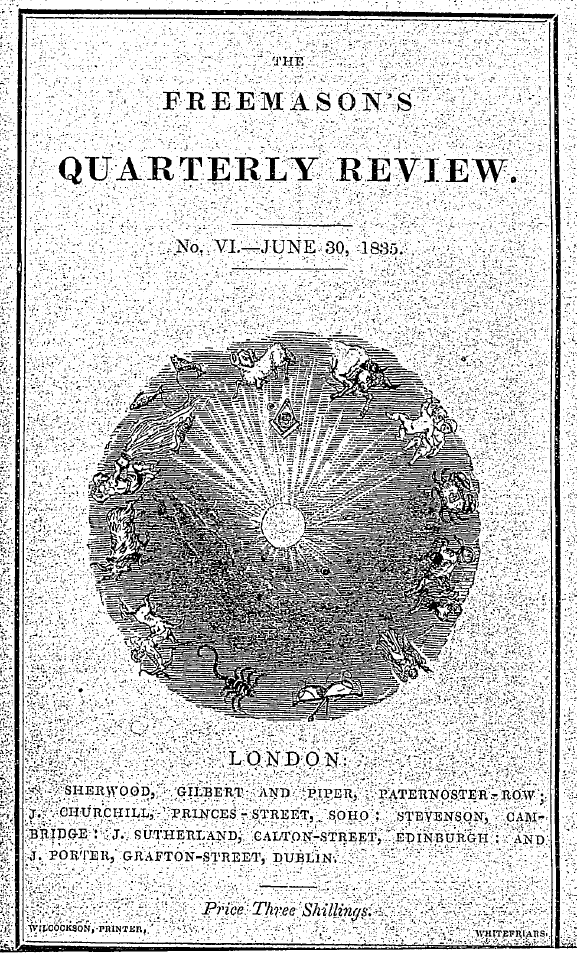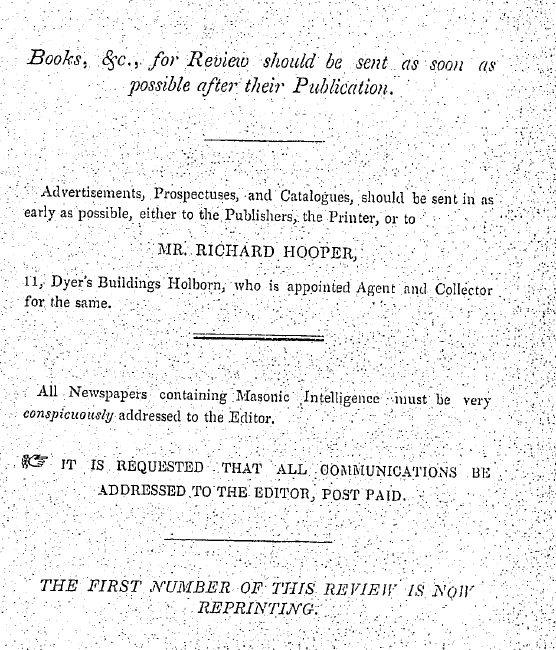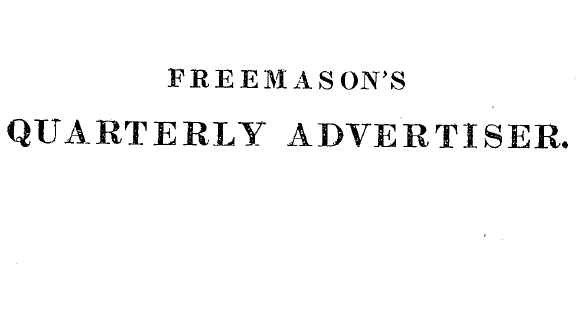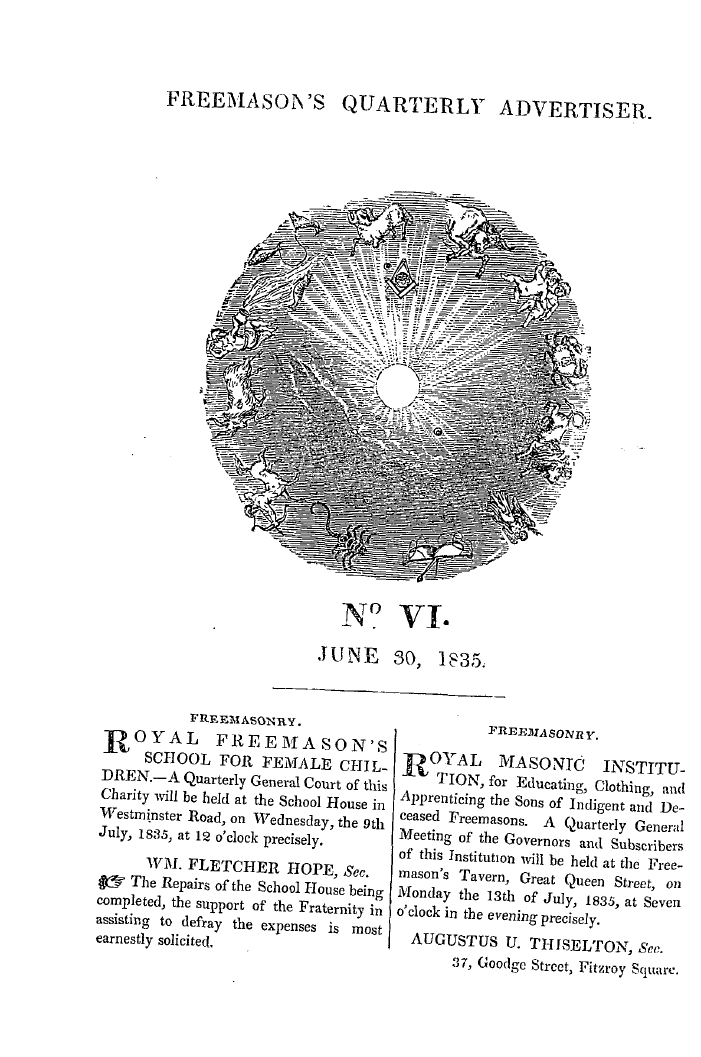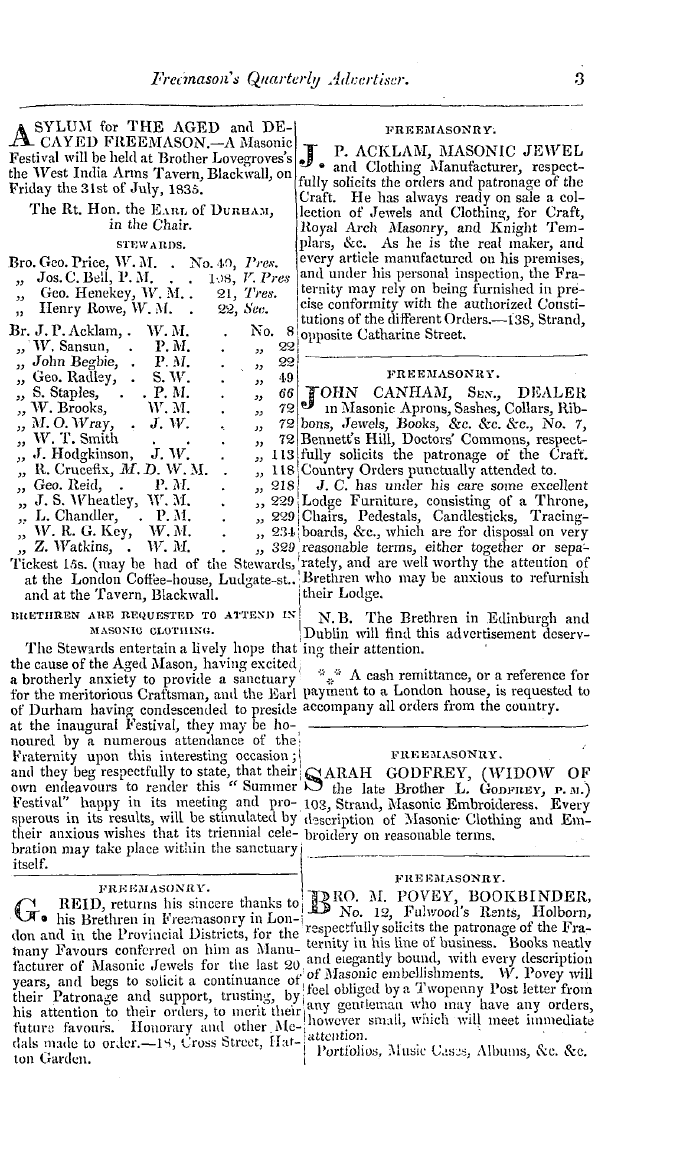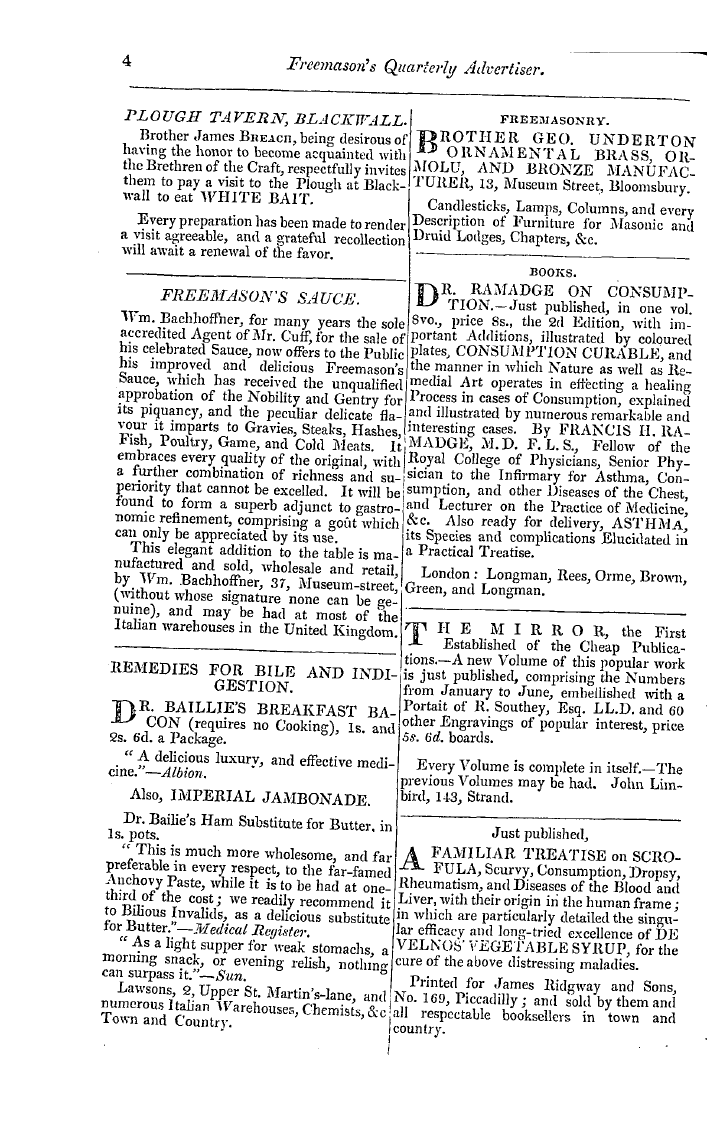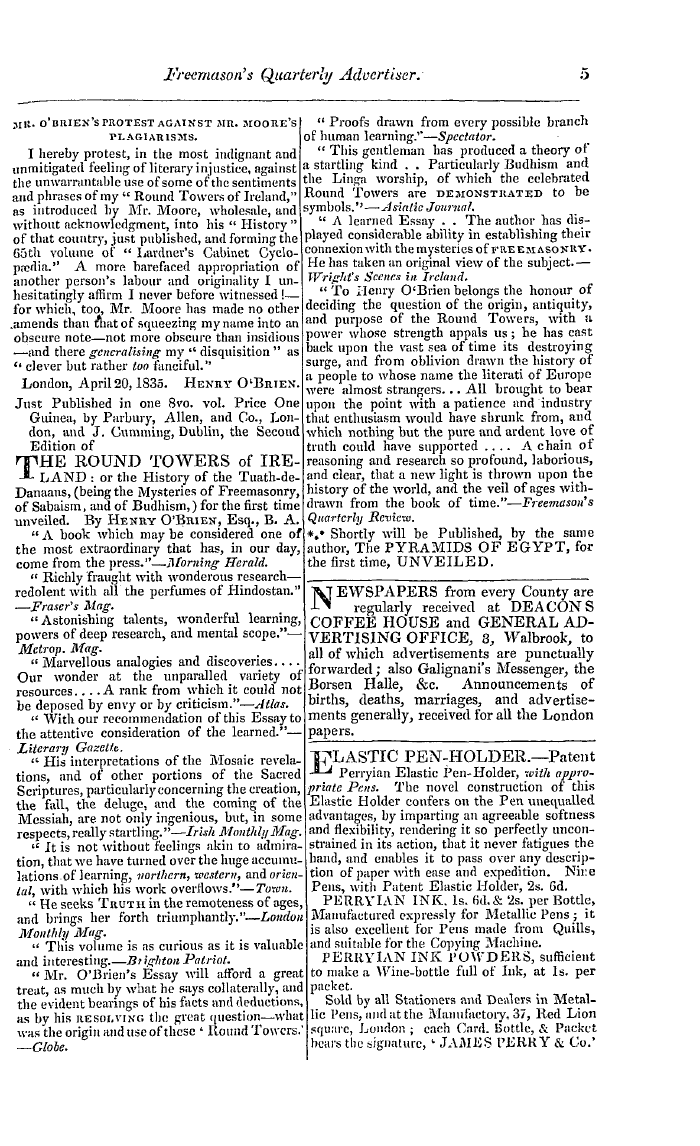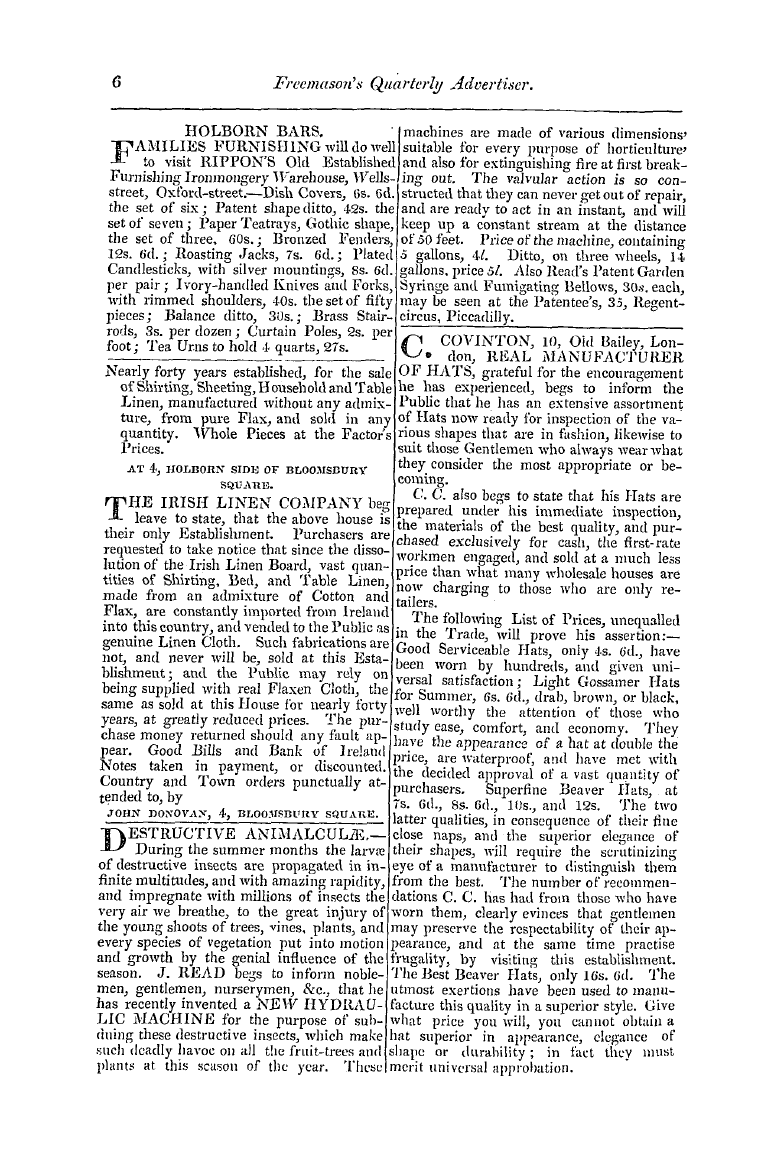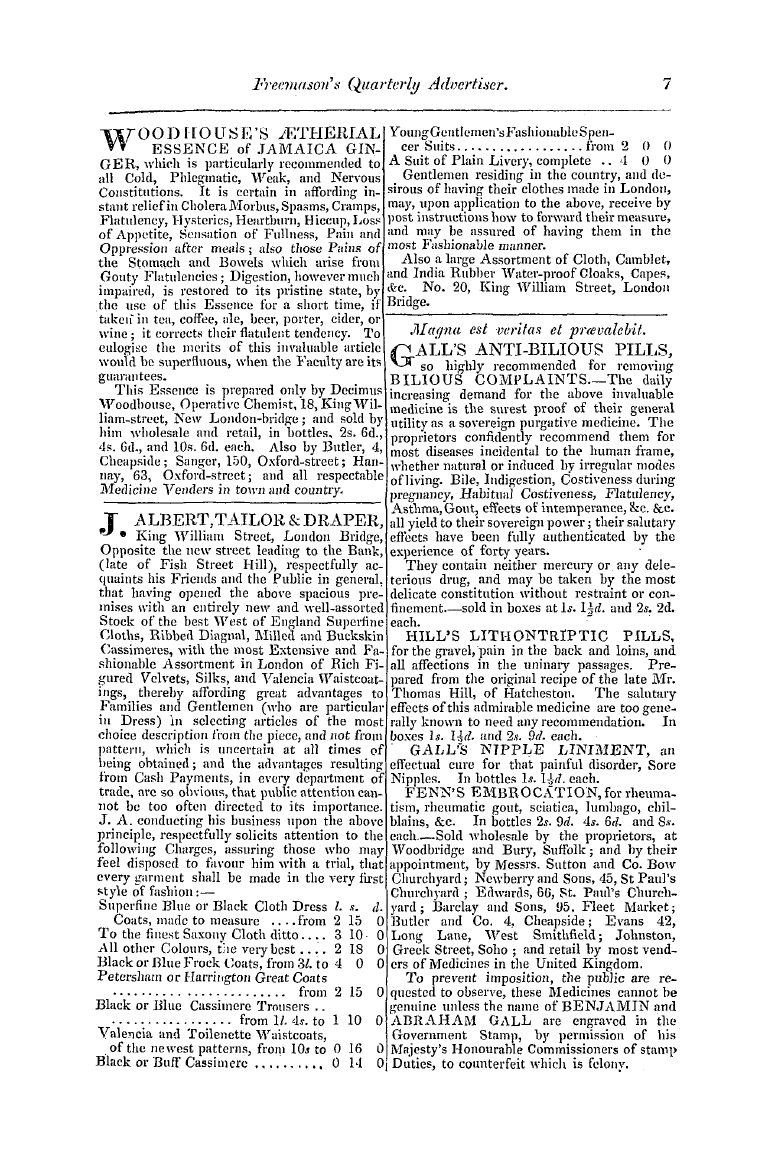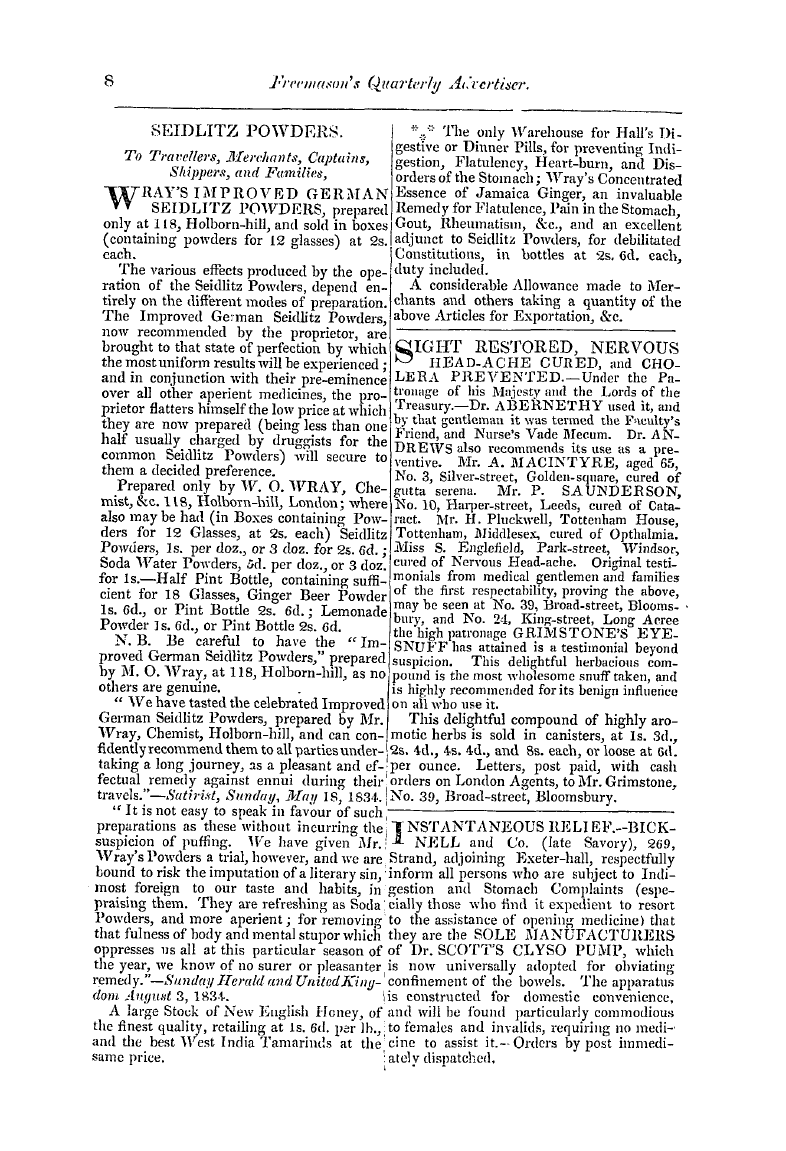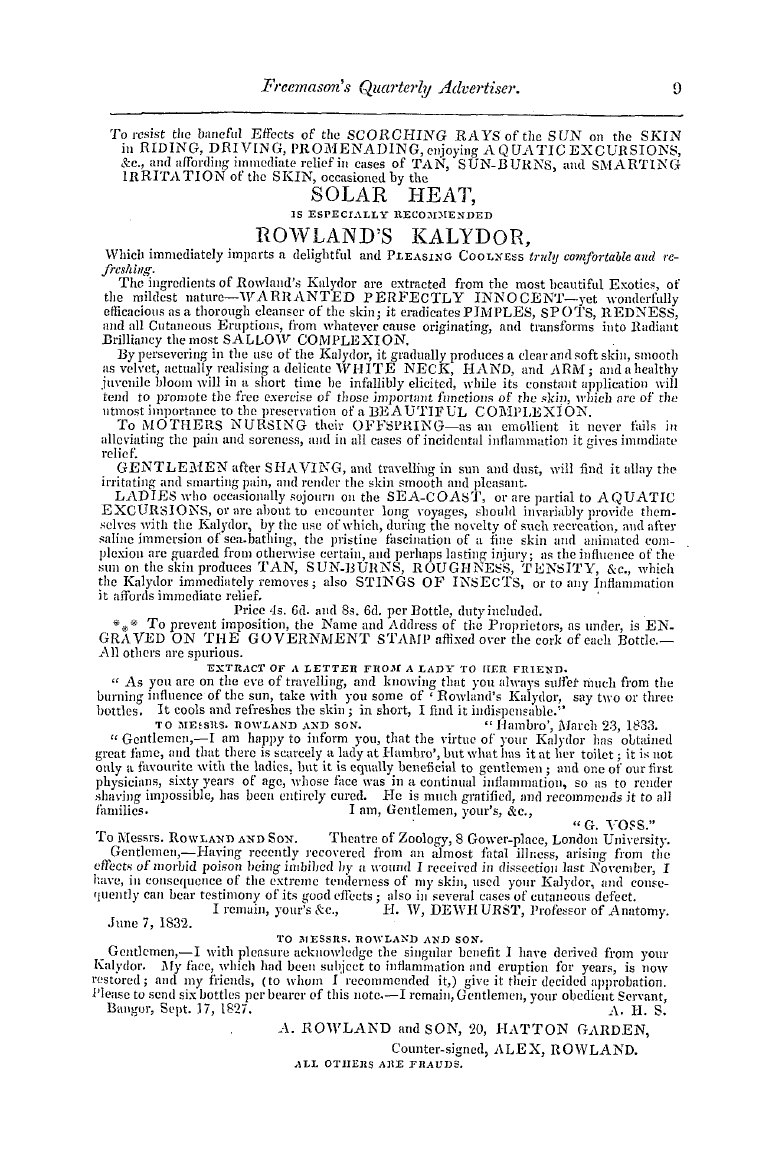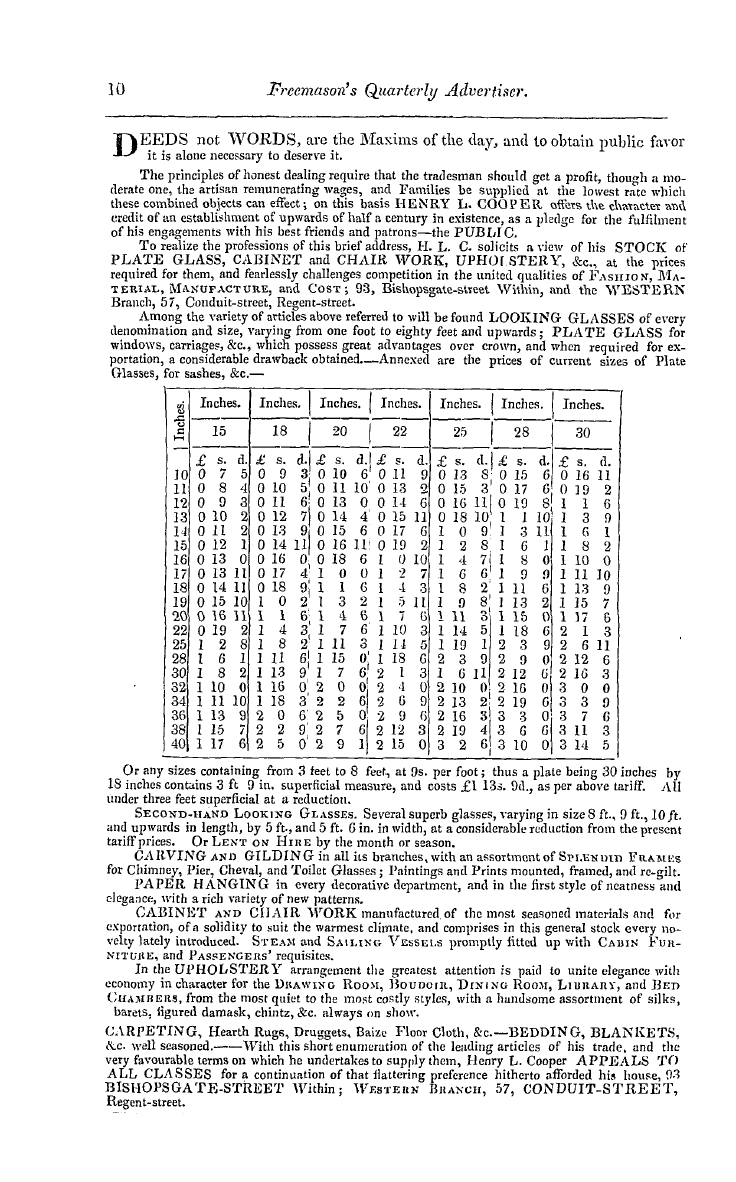Note: This text has been automatically extracted via Optical Character Recognition (OCR) software.
Remarks
UNDERSTANDING . ASPONTANIETY , or Active Faculty , which produces Fon . ii or UNITY , by connecting Time and Space according to The CATEGORIES of Quantity . Quality . Relation . Modality . Unity Reality Substance and Accident Possibility Multitude Negation Cause and Effect Existence Totality Limitation Action and Re-action Necessity .
REASON . A Sr-ONTA . N-iETY , free from Time and Space , which connects the Categories into the Ideas of Absolute Absolute Absolute Substance Absolute Totality Limitation Absolute Cause Necessity . Absolute Concurrence .
He who looks at this table for the first time , if he be at once uninformed and not desirous of knowledge , considers its author mad ; he whose head has been stored with the mixture of metaphysical and physical jumble , known by the names of phrenology , materialism , immaterialism , & c , fancies that these circles , triangles , & c , refer to some supposed shape or proportions of the constituents of the mind . We doubt
not that in time the hammer of our language might render the heads of both sufficientl y malleable to imbibe the fact , that nothing is intended by the diagram , except , through the means of a gross sensual typification , to render the whole of the scheme , which is in a transendental degree pure and mental , easy of comprehension by those who have too much accustomed themselves to sensual or empyrical reasonings . But we have no time to wait for these unpromising pupils , and therefore proceed to the instruction of those of freer powers , requesting them simply to
inspect the table , and after reading our exposition , return to the contemplation of it . The first steps taken by the understanding to acquire knowledge of any object are to determine its quantity , its quality , and its relations . Every thing , before it can be a clear object for the understanding to operate upon , must have its quantity determined . However simple it may be , or however indeterminate by any artificial or relative standard ,
it must possess these properties of number : —It must be one , or it would be a mere confusion ; it must be separable into many , for the mind can divide ad infinitum ; and its parts must he capable of combination , or of forming a whole . Hence every conception has in the language of the system , unity , multitude , and totality . If any one can present us with a conception which has not these conditions , we abandon the science . 2 dly . To a clear conceptionit is necessary that its qualities be three : it
, must be a reality , or the thing itself ; but it must be bounded by negations , that is , by that which is not itself but something different , and between them must exist lines of demarcation or limits . Hence we say every conception involves a reality , negation , and limitation . Of a reality , to which we conceive no limits , nothing further can be known . We can conceive such a thing to be , but can predicate nothing of it ; it never can form a subject of inquiry , since it must occupy all nature ,
Note: This text has been automatically extracted via Optical Character Recognition (OCR) software.
Remarks
UNDERSTANDING . ASPONTANIETY , or Active Faculty , which produces Fon . ii or UNITY , by connecting Time and Space according to The CATEGORIES of Quantity . Quality . Relation . Modality . Unity Reality Substance and Accident Possibility Multitude Negation Cause and Effect Existence Totality Limitation Action and Re-action Necessity .
REASON . A Sr-ONTA . N-iETY , free from Time and Space , which connects the Categories into the Ideas of Absolute Absolute Absolute Substance Absolute Totality Limitation Absolute Cause Necessity . Absolute Concurrence .
He who looks at this table for the first time , if he be at once uninformed and not desirous of knowledge , considers its author mad ; he whose head has been stored with the mixture of metaphysical and physical jumble , known by the names of phrenology , materialism , immaterialism , & c , fancies that these circles , triangles , & c , refer to some supposed shape or proportions of the constituents of the mind . We doubt
not that in time the hammer of our language might render the heads of both sufficientl y malleable to imbibe the fact , that nothing is intended by the diagram , except , through the means of a gross sensual typification , to render the whole of the scheme , which is in a transendental degree pure and mental , easy of comprehension by those who have too much accustomed themselves to sensual or empyrical reasonings . But we have no time to wait for these unpromising pupils , and therefore proceed to the instruction of those of freer powers , requesting them simply to
inspect the table , and after reading our exposition , return to the contemplation of it . The first steps taken by the understanding to acquire knowledge of any object are to determine its quantity , its quality , and its relations . Every thing , before it can be a clear object for the understanding to operate upon , must have its quantity determined . However simple it may be , or however indeterminate by any artificial or relative standard ,
it must possess these properties of number : —It must be one , or it would be a mere confusion ; it must be separable into many , for the mind can divide ad infinitum ; and its parts must he capable of combination , or of forming a whole . Hence every conception has in the language of the system , unity , multitude , and totality . If any one can present us with a conception which has not these conditions , we abandon the science . 2 dly . To a clear conceptionit is necessary that its qualities be three : it
, must be a reality , or the thing itself ; but it must be bounded by negations , that is , by that which is not itself but something different , and between them must exist lines of demarcation or limits . Hence we say every conception involves a reality , negation , and limitation . Of a reality , to which we conceive no limits , nothing further can be known . We can conceive such a thing to be , but can predicate nothing of it ; it never can form a subject of inquiry , since it must occupy all nature ,


























































